Overworked to Suicide
“The cause of my depression is definitely overwork.” wrote Naoya Nishigaki, 28, on his blog.
“I can’t do anything. I just feel irritated, exhausted, and disgusted. I try to suppress these feelings with medication, but I feel like my medication has become less and less effective lately. I’m so worried. What should I do?”
Naoya committed “karojishi” or suicide caused by overwork.
Karojishi has become widespread among Japan’s white collar salarymen. Salarymen devote long work hours and loyalty to companies in exchange for a lifetime of employment and benefits. But with the recession of the 1990s, they increasingly must work arduous hours for fear of losing their jobs.
Working essentially two shifts a day for weeks a time leads frequently to feelings of depression, something that is still stigmatized in Japan. Therefore, many hide their suffering from coworkers and even family members. This secrecy often exacerbates the loneliness and creates further isolation from society.
Net Cafe Refugees
The first time Fumiya slept at an internet cafe, other people’s snoring and footsteps kept him awake most of the night. Ten months have passed and he now sleeps with a blanket over his face to block out the constant glare of the fluorescent lights. Living at the internet cafe is “not so bad,” he says.
Internet cafes have existed in Japan for well over a decade, but in the mid 2000s, customers found a new use for these spaces: living quarters. As a result, cafes are now equipped with showers and laundry service, all reasonably priced for overnight users.
“Internet cafe refugees,” as they are called by the media, are mostly temporary employees. Their salary is too low to rent their own apartments.
The 26 year old estimates that it would take two to five years to save enough money for a rental. His job is too unstable to plan ahead. “We need a place like an internet cafe. Without it, there would be many more people who have jobs but no homes.”
Dumping Ground
Kamagasaki, Osaka, Japan used to be a thriving day laborer’s town. Today, it is home to approximately 25,000 unemployed and elderly men, many of whom are also homeless.
Alcoholism, poverty, suicide, Tuberculosis and, most of all, loneliness prevail here. These men don’t have family ties. They live and die as social outcasts from the mainstream “salaryman” culture.
“They are stuck in the middle.They are too old for this work but too young to get government assistance. No work, nowhere to go, and nobody to rely on. Some guys just kill themselves. I understand the feeling.” Says Yasuo Miyake, 65, a former construction worker currently living on government assistance.
“Everyday is a matter of life and death.When it gets cold, I see somebody frozen to death almost everyday. They drink cheap sake and lay down and die. The only comfort I have is that I’m not going to starve to death because of charity.“ says Toshio Fukushima,73.
Credits
Recognition
Year: 2015
Place: Nominee
Category: New Approaches: Current News Coverage
Year: 2015
Place: 3rd
Category: Long Feature
Related Links
The Goal
The goal of this project was to create a three-part documentary based on Shiho Fukada's portrait series, Japan's Disposable Workers. The three sections are:
Overworked to Suicide
After the recession of the 1990s, Japan's white collar salarymen increasingly must work arduous hours for fear of losing their jobs. This often leads to depression and suicide.
Net Cafe Refugees
Internet cafes have existed in Japan for over a decade, but in the mid 2000's, customers began using these spaces as living quarters. Internet cafe refugees are mostly temporary employees, their salary too low to rent their own apartments.
Dumping Ground
Kamagasaki, Osaka, Japan used to be a thriving day laborer's town. Today, it is home to approximately 25,000 unemployed and elderly men, many of whom are also homeless.
The Challenge
There were three main challenges in producing this project. The first and most obvious was language. Shiho Fukada conducted more than a dozen interviews, all but one were in Japanese–a language no one in the company speaks. Further complicating the problem, the translations did not contain timecode so it was impossible for non-speakers to find specific clips.
The second issue concerned the length of the project. Shiho was extensive in collecting interviews. We needed to sift through all of the material to find the best bites. This challenge was intensified by the production’s time restraints.
Finally, Japan’s Disposable Workers was originally conceived as a portrait series. Much of the material, particularly the still photography, reflected that initial decision. We needed to find a way to translate the project into a video experience.
The Solution
To conquer the language barrier, Shiho translated all of interviews into English. This was done prior to the start of production so MediaStorm worked backwards from our normal workflow. Rather than obtaining timecode when creating the original transcript, the producer marked selects on text documents and then asked for timecode to the corresponding bites. Further, the producer created Premiere Pro subtitles so that Shiho, also working in Premiere Pro, could attach them to the proper bites for easier comprehension and usability.
MediaStorm and Shiho began a conversation at the start of production regarding which subjects were best suited for the documentary version of this project. This discussion continued through the production of each of the three chapters. Our decisions were based on several factors: reading and discussing transcripts to determine the most compelling subjects, how the characters played off of each other to illustrate different aspects of the story, and which video and photography assets were available for each interview.
Finally, because Japan’s Disposable Workers was originally created as a portrait series, many of the subjects were not documented with video, other than an interview. This enabled the MediaStorm team to think less literally about the project’s visuals. We utilized Shiho’s elegant video of salarymen and their travels to and from work to help offset a lack of specific imagery. This resulted in a more lyrical storytelling style.
About The Client
The Pulitzer Center on Crisis Reporting is an innovative award-winning non-profit journalism organization dedicated to supporting the independent international journalism that U.S. media organizations are increasingly less able to undertake. The Center focuses on under-reported topics, promoting high-quality international reporting and creating platforms that reach broad and diverse audiences.
Press
Hacker News: Japan’s Disposable Workers: Dumping Ground
Lifo: Why the Japanese work so much? Πηγή: www.lifo.gr (Greek - Translate)
muhimu: Disruptive mini documentary shows Japanese living suffocated in cafes
Blog de Miro: The horrors of capitalism in Japan (Portugese - Translate)
Socialista Morena: Horrors of capitalism: the guys in Japan living in Internet cafes cabins(Portugese - Translate)
Post: The Japanese living in the Internet Cafe (Italian - Translate)
Blind Hona: The live in internet cafe
Visual News: Could You Live in an Internet Cafe? Japan’s “Cyber Homeless”
Interwbewbz: Japan's Disposable Workers
Le Devoir: Web-documentary: living in an internet cafe (French - Translate)
truthdig: Part-Time Workers in Japan Are Living in Internet Cafes
Japan: Japan's internet cafe residents
One Small Window: WEEKEND WATCHING 14.03.15
The Awesomer: Net Cafe Refugees
Mashable: Dark side of Japan revealed in film about Internet cafe living
crunchyroll: Overworked to suicide in Japan
ijama Surf: The strange world of Japanese men living in cafes (Spanish - Translate)
boingboing: WATCH: Japanese people who live in Internet cafes because they can't afford apartments
First We Feast: These Japanese Workers live in Internet Cafes, can't afford apartments
News Shooter: 2015 WORLD PRESS PHOTO MULTIMEDIA CONTEST RESULTS ANNOUNCED
Esquire: Brutal Jobs Are Forcing Japanese Men to Live in Internet Cafes
r/Documentaries: Japan's Disposal Workers: Net Cafe Refugees (2015)
MediaStorm Project Showcase
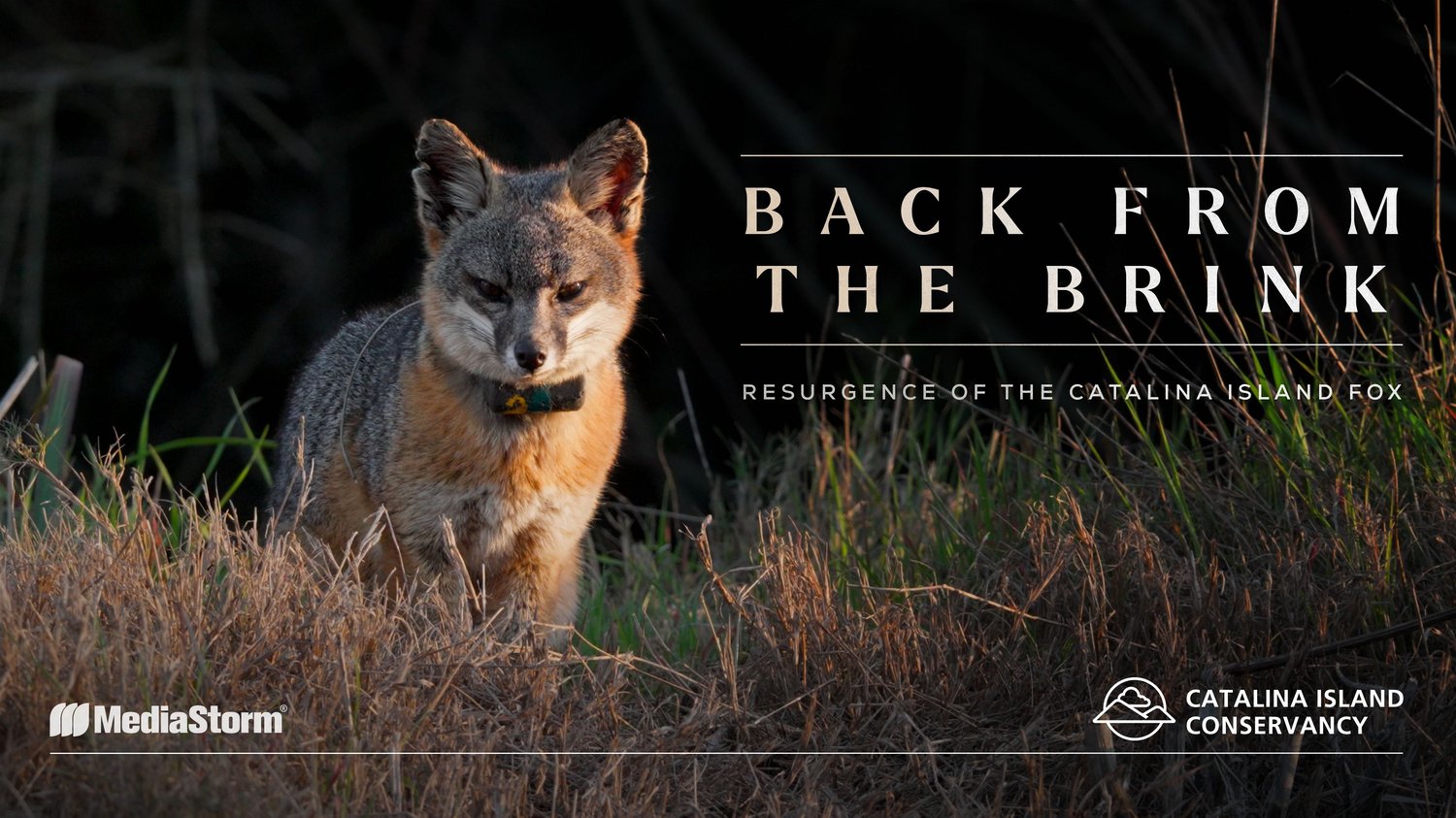
Once teetering on the brink of extinction, the Santa Catalina Island Fox made a dramatic recovery. Its resurgence marks one of the greatest conservation success stories in United States history.
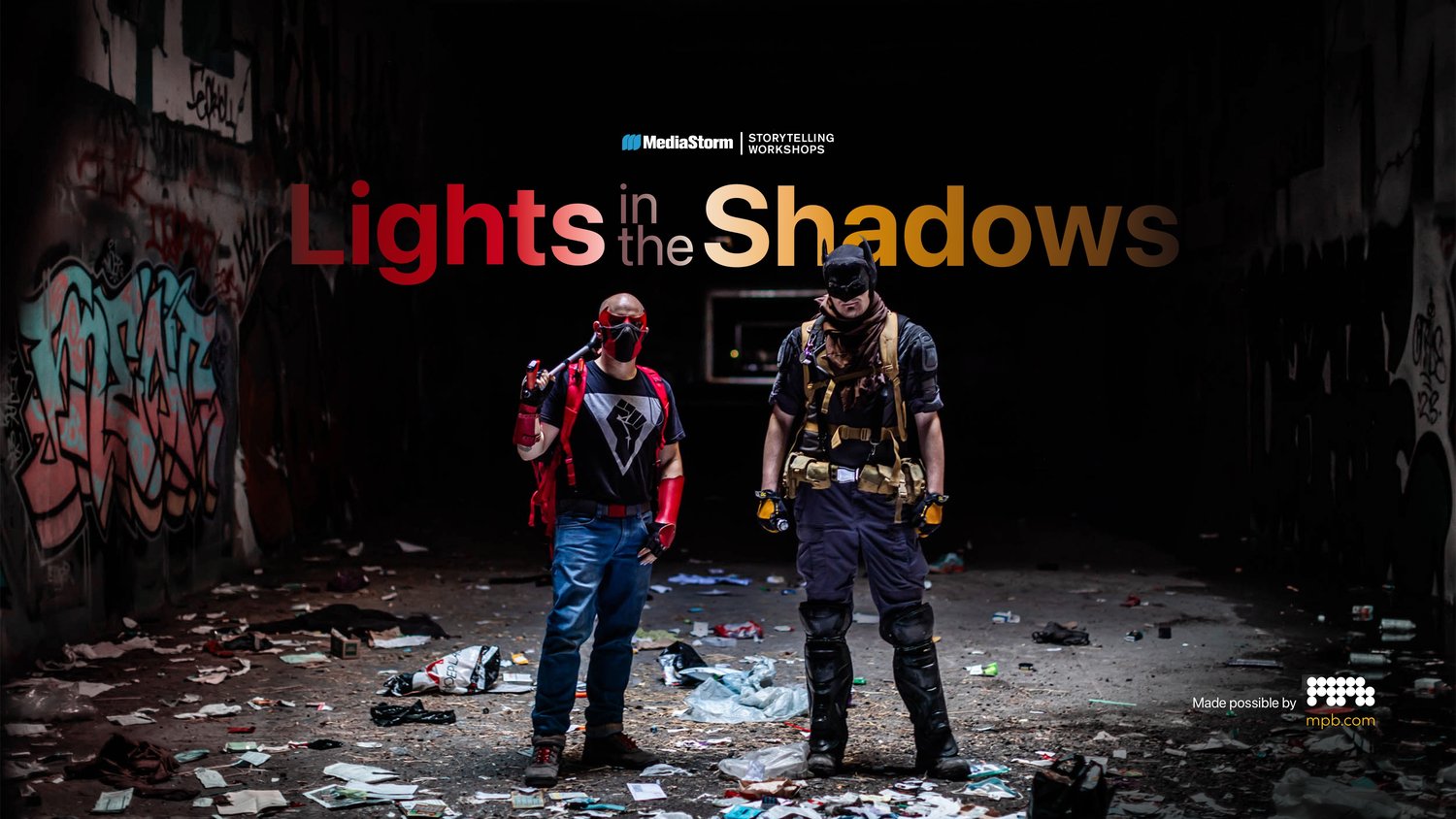
In the shadow of Silicon Valley’s booming technology industry, a growing number of people remain out in the cold. Skyrocketing housing prices in America’s hub of innovation have pushed many onto the streets, straining policymakers to find solutions to a homelessness problem that impacts everyone in the community.

This page recognizing Zora J Murff for ICP’s 2023 Infinity Award for Documentary Practice and Visual Journalism features a film about his life, a slideshow of his projects and extra clips of his thoughts about his work and motivation.
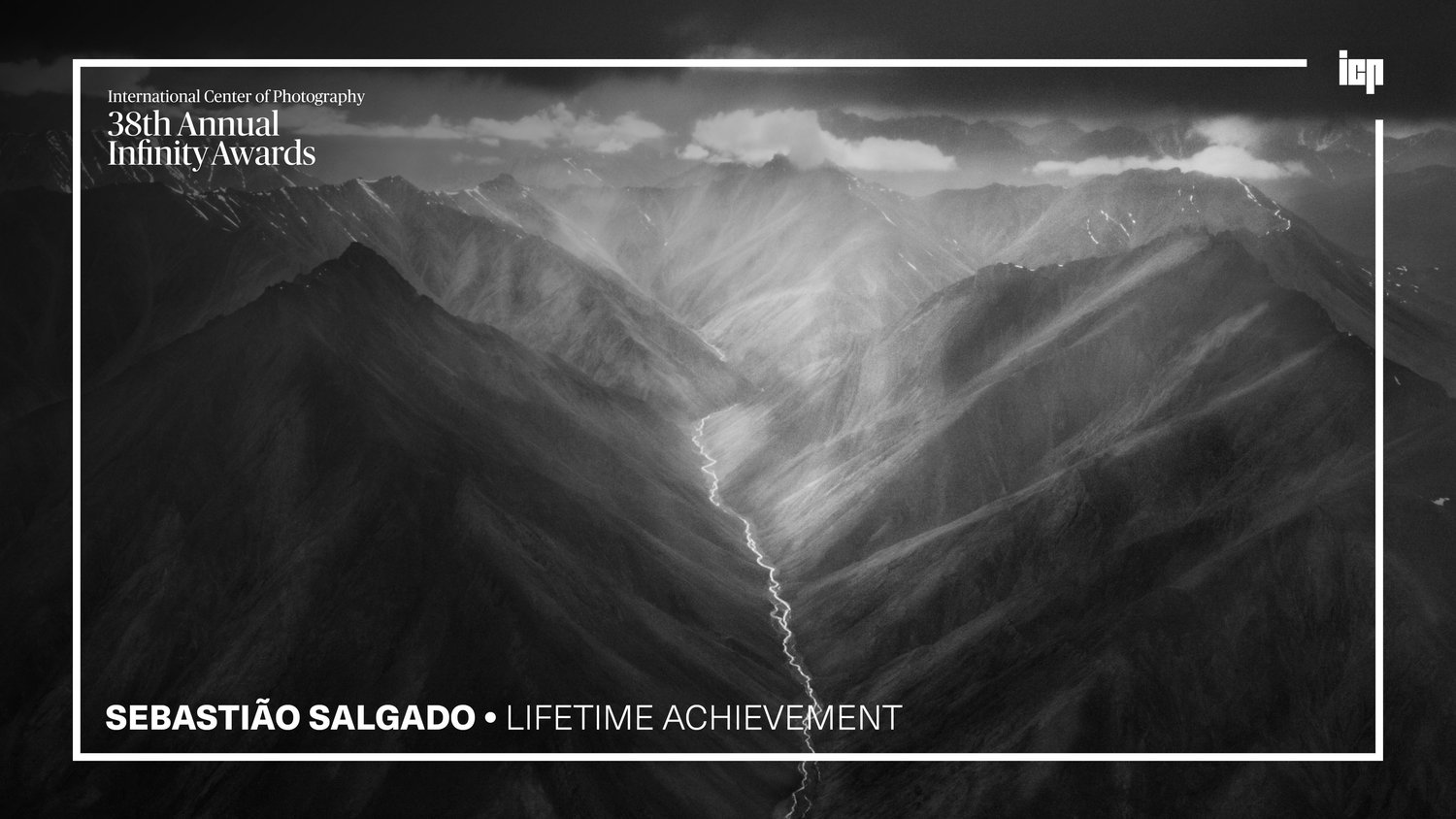
Sebastião Salgado says "a good picture, a fantastic picture, you do in a fraction of a second, but to arrive to do this picture, you must put your life in there."
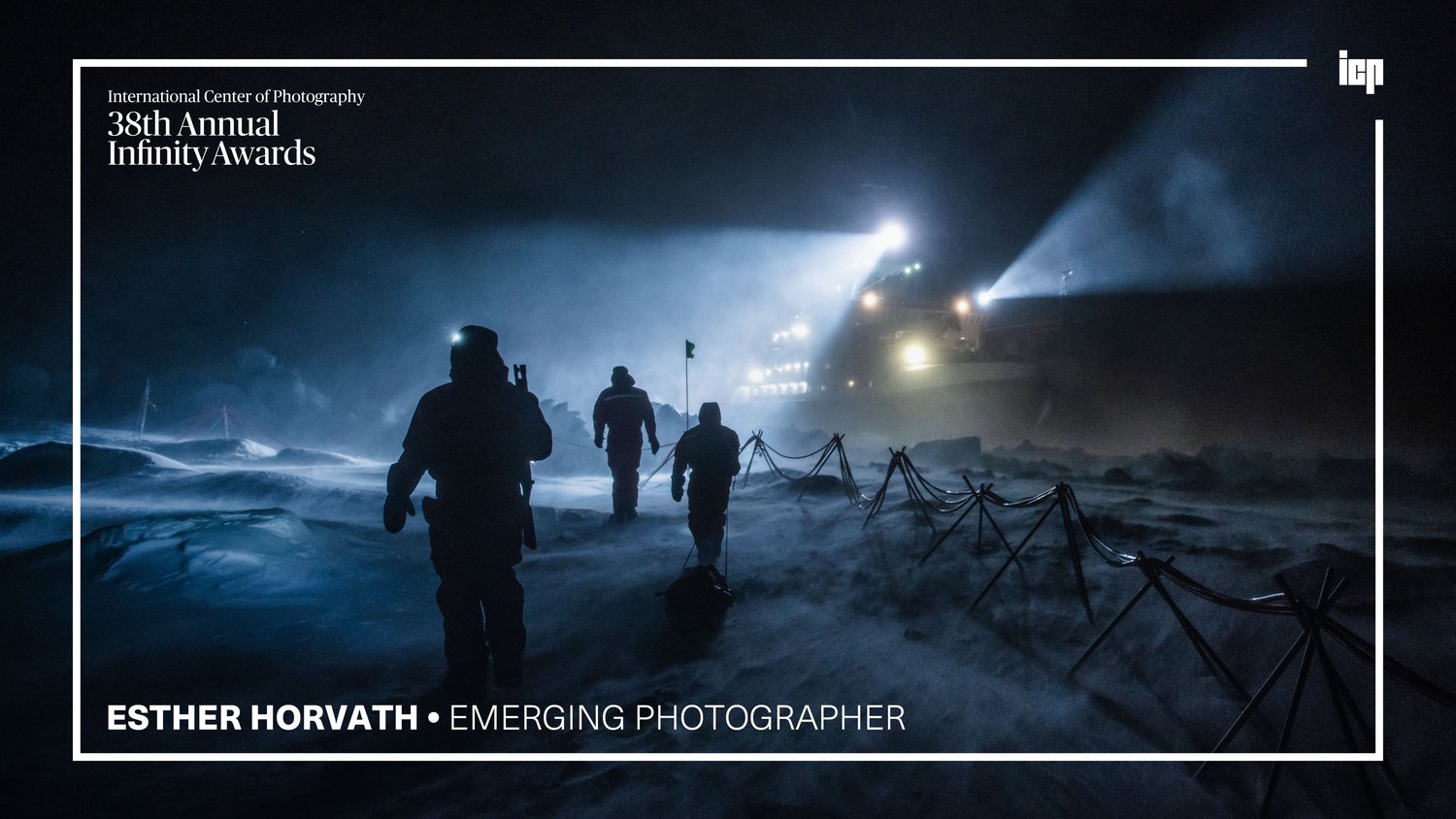
Esther Horvath has sent questions to the universe and she has received answers. She found her calling to tell visual stories that show the full research story behind our climate data.
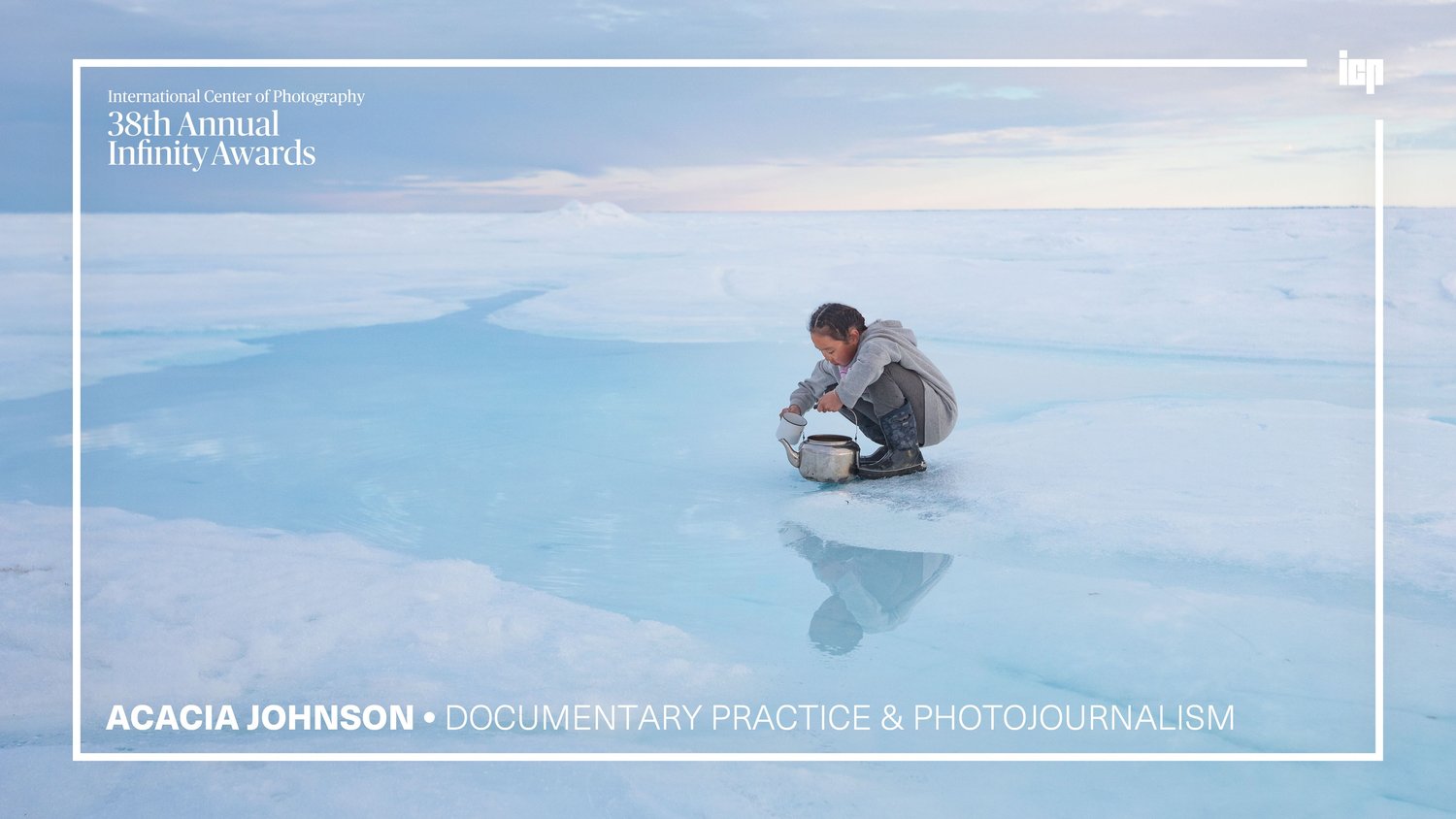
See photographer Acacia Johnson’s growth from her earliest explorations of Alaskan landscapes to a National Geographic cover for a documentary project among indigenous people of the Arctic.
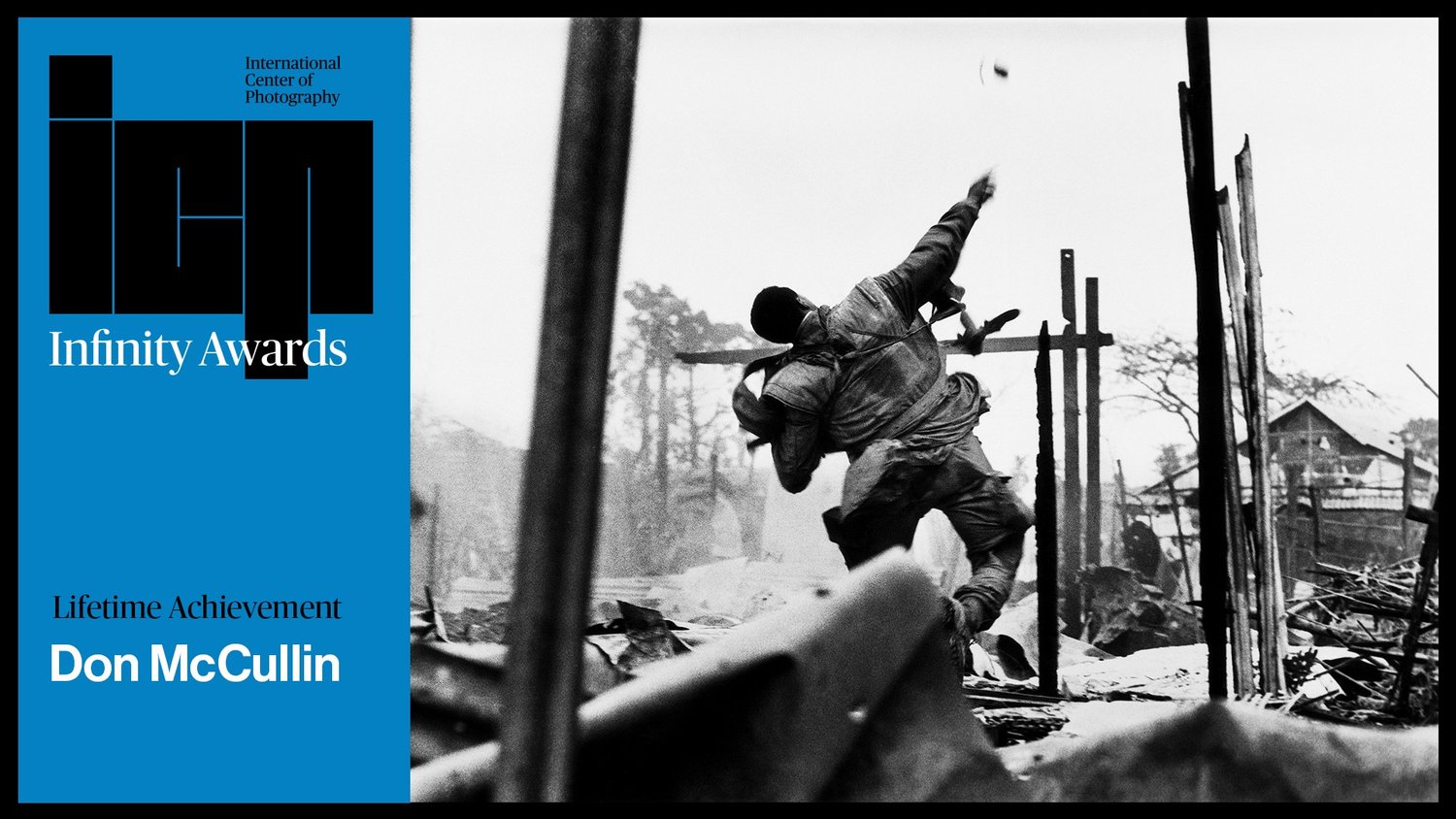
Sir Don McCullin never intended to become a photographer. He found it hard to believe he’d ever escape the poverty of North London. But a spur of the moment photograph launched McCullin into a career spanning 50 years in photography.
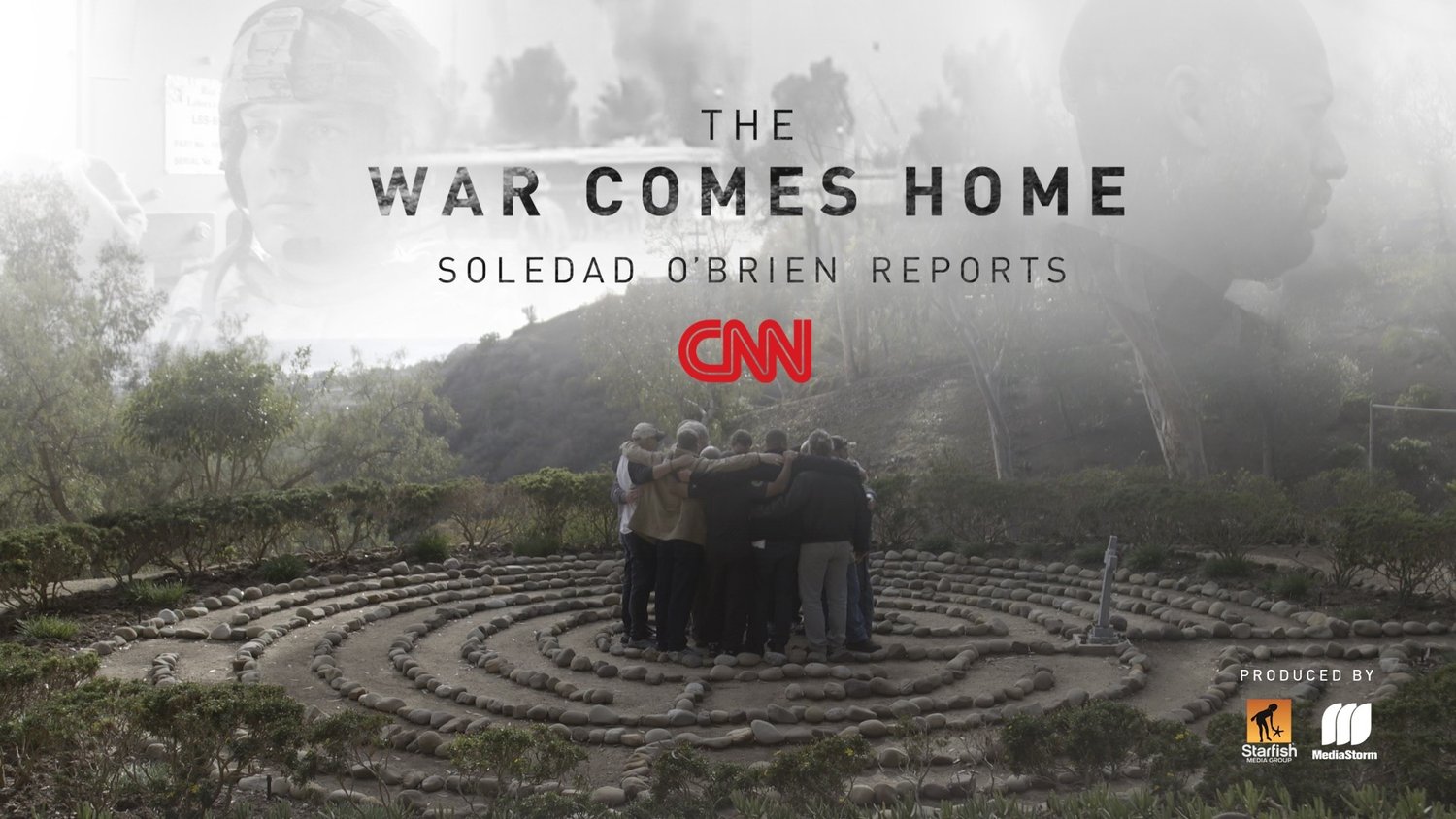
As the U.S. prepares for the final drawdown of soldiers from the conflicts in Iraq and Afghanistan, Soledad O’Brien and MediaStorm take an intimate look at two veterans as they struggle with the transition from war to home.

Writer Zadie Smith pays homage to photographer Deana Lawson in the artist’s first Monograph for Aperture.
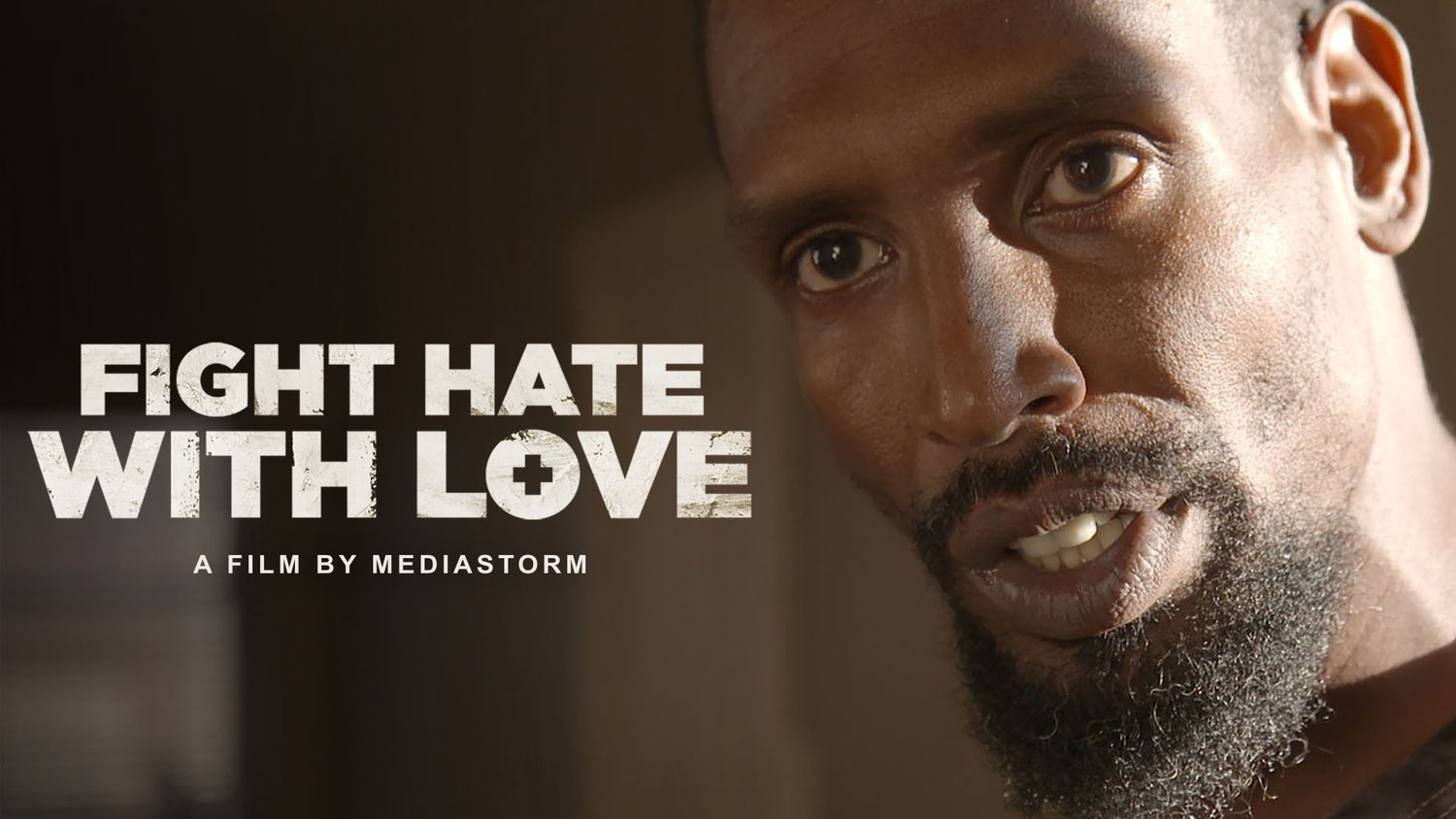
As a formerly incarcerated person, Michael struggled for work, and found purpose in being a husband, father, and activist. But 7 years since his release from prison, the cost of Michael’s activism is evident.

Benny is a “certified” garbologist. He collects what others throw away. Benny is also at war with his family. Here is a man sharing a house with his wife but living as a stranger. This is a household on the edge.

Photographer Amber Bracken recognized something deeper than a protest was afoot when hundreds of tribes gathered at the Standing Rock reservation in opposition to the Dakota Access Pipeline.
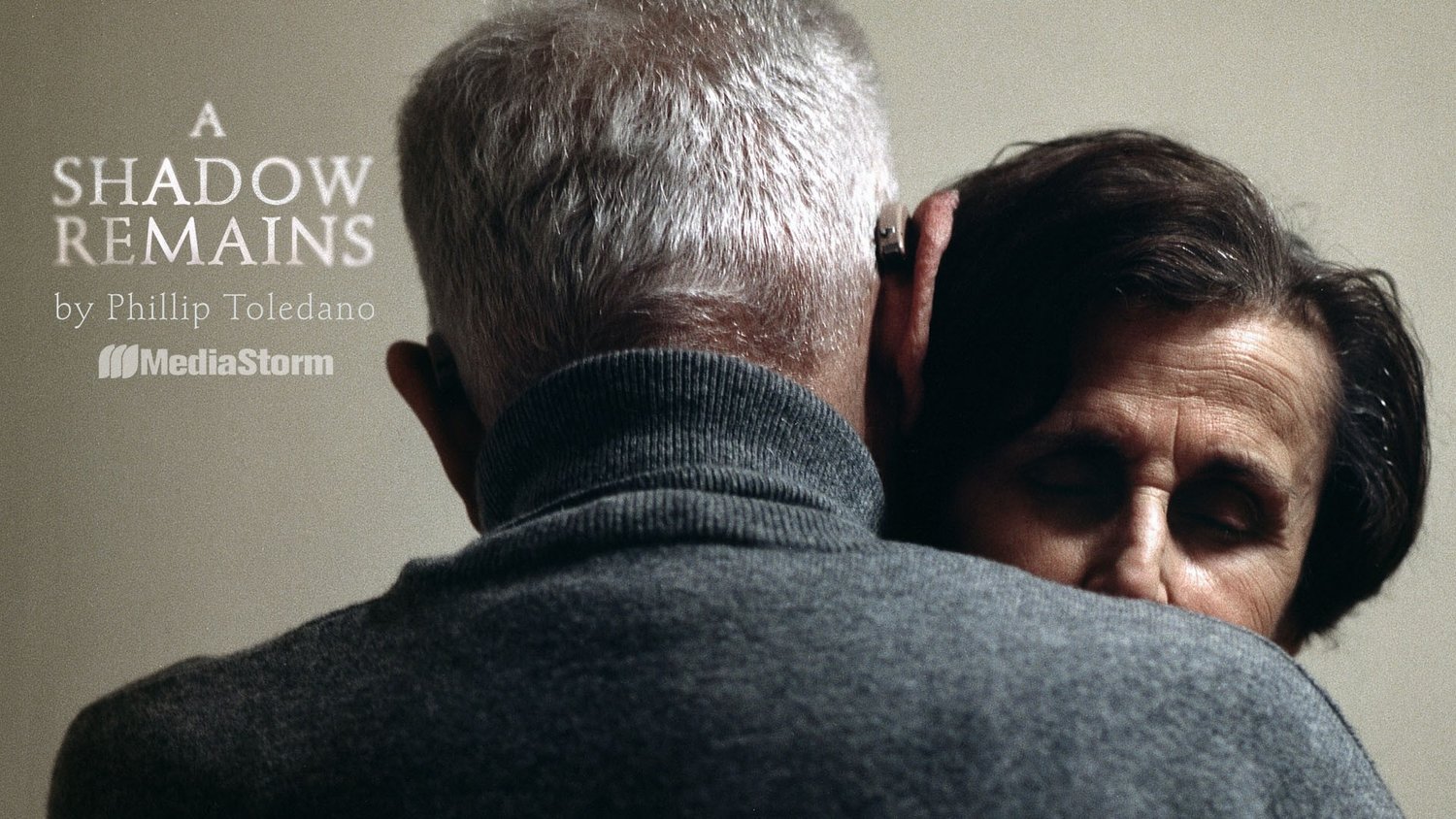
How does the death of a child change a parent? How does the death of a parent change a child? How do these moments change us as we develop and grow further away from who we were as children?

Maurice Berger–cultural historian, and columnist for the New York Times’ Race Stories–has spent his career studying and teaching racial literacy through visual literacy.
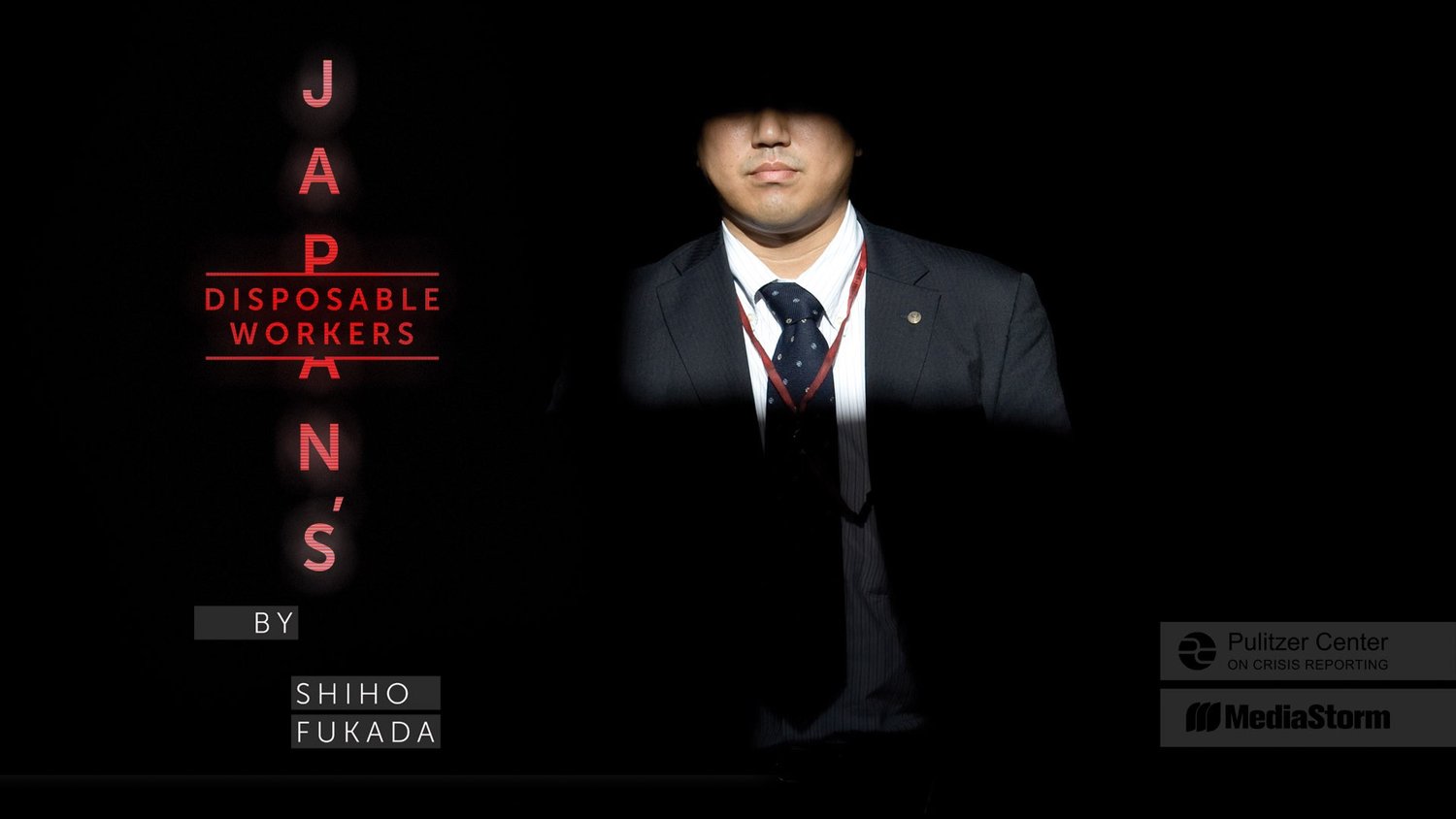
Japan’s Disposable Workers examines the country’s employment crisis: from suicide caused by overworking, to temporary workers forced by economics to live in internet cafes, and the elderly who wander a town in search of shelter and food.

Karl Ove Knausgaard is the celebrated author of a massive six-volume autobiography. But Knausgaard remains confused by the attention. This is a portrait of a man who has achieved massive success yet still considers himself unworthy.
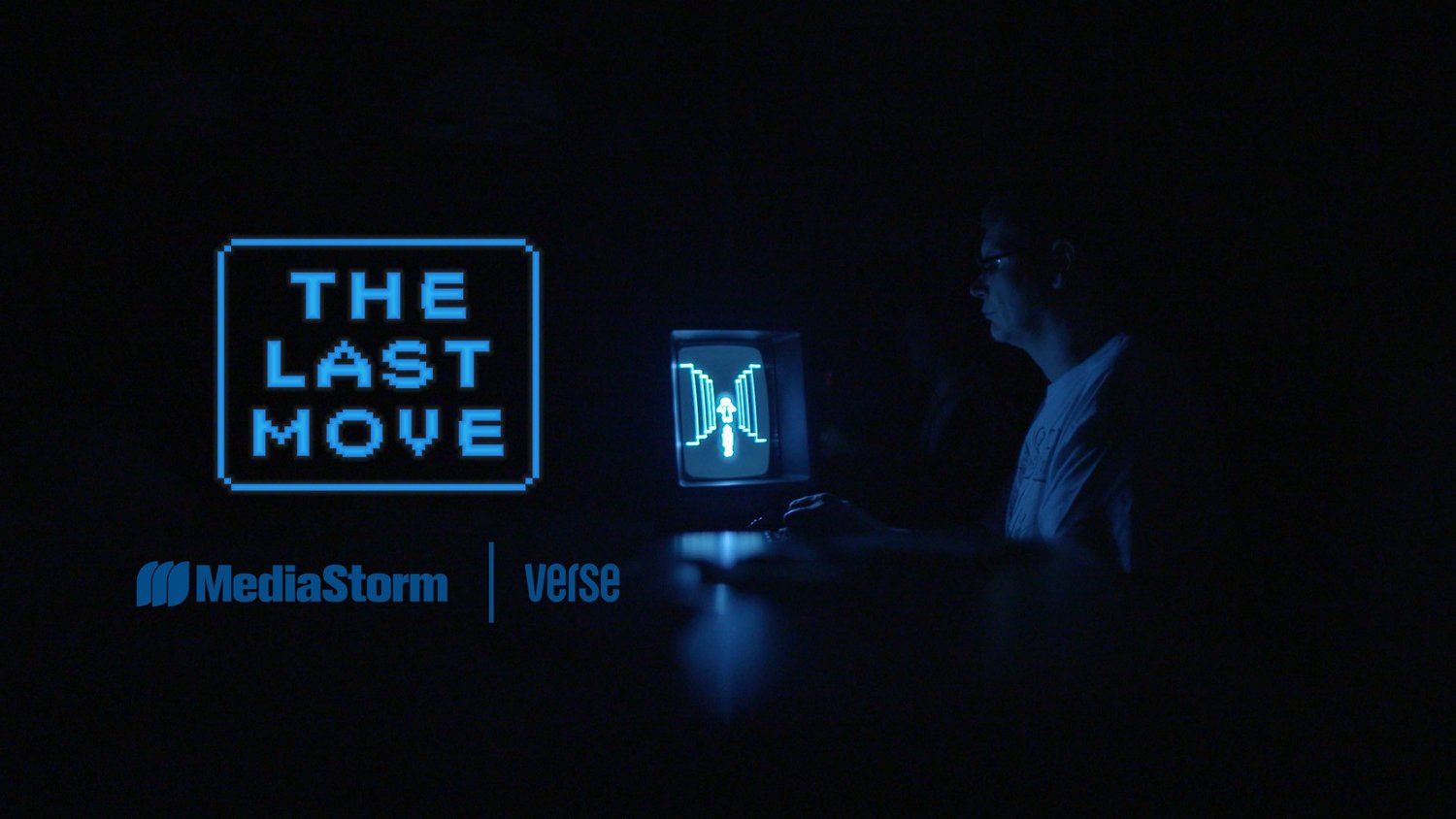
Michael Thomasson has devoted his life to video games. It’s been his passion and his obsession for more than three decades. He owns over 11,000 unique game titles for more than 100 different systems.
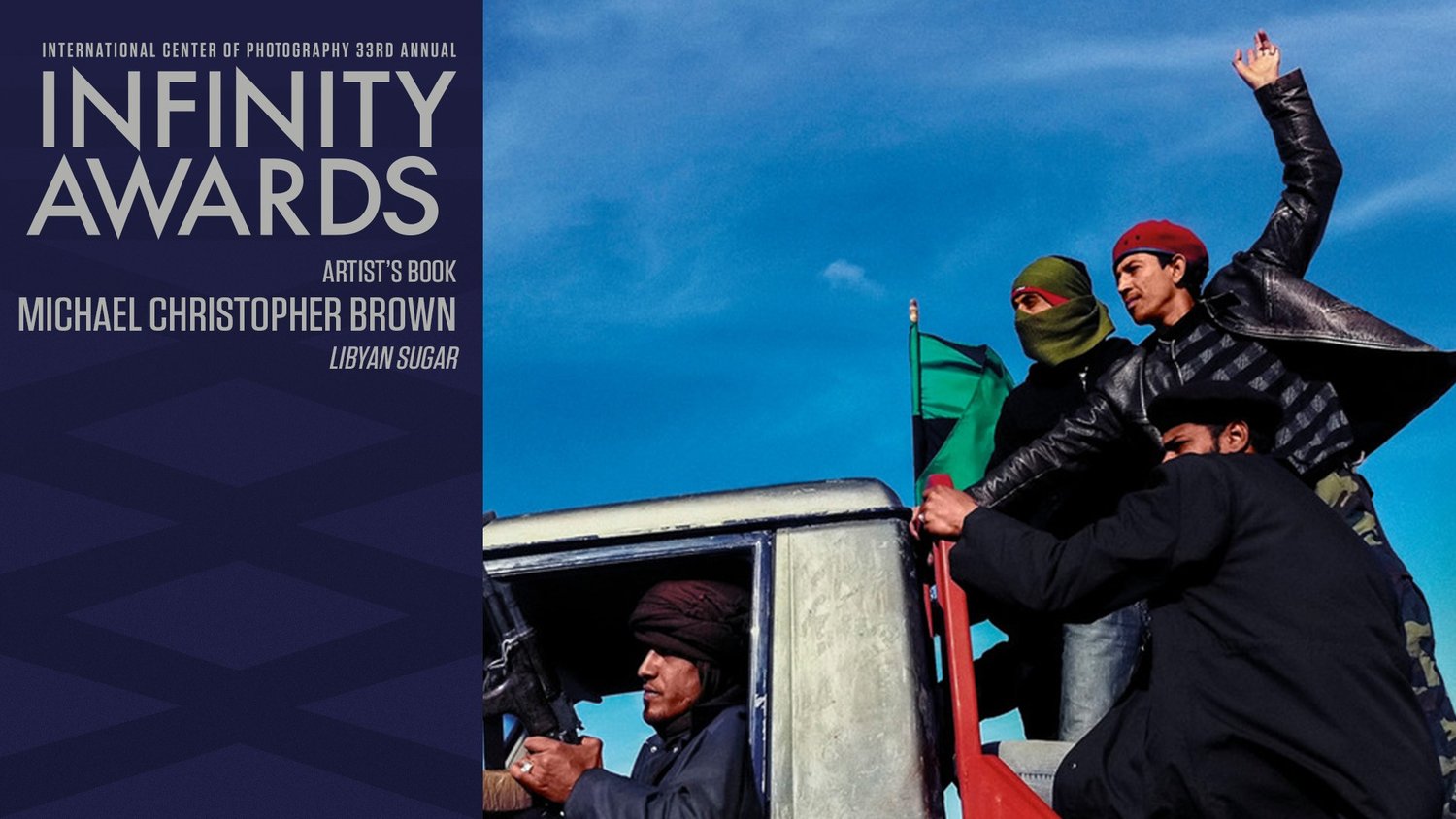
A film about Michael Christopher Brown for the 2017 ICP Infinity Awards.
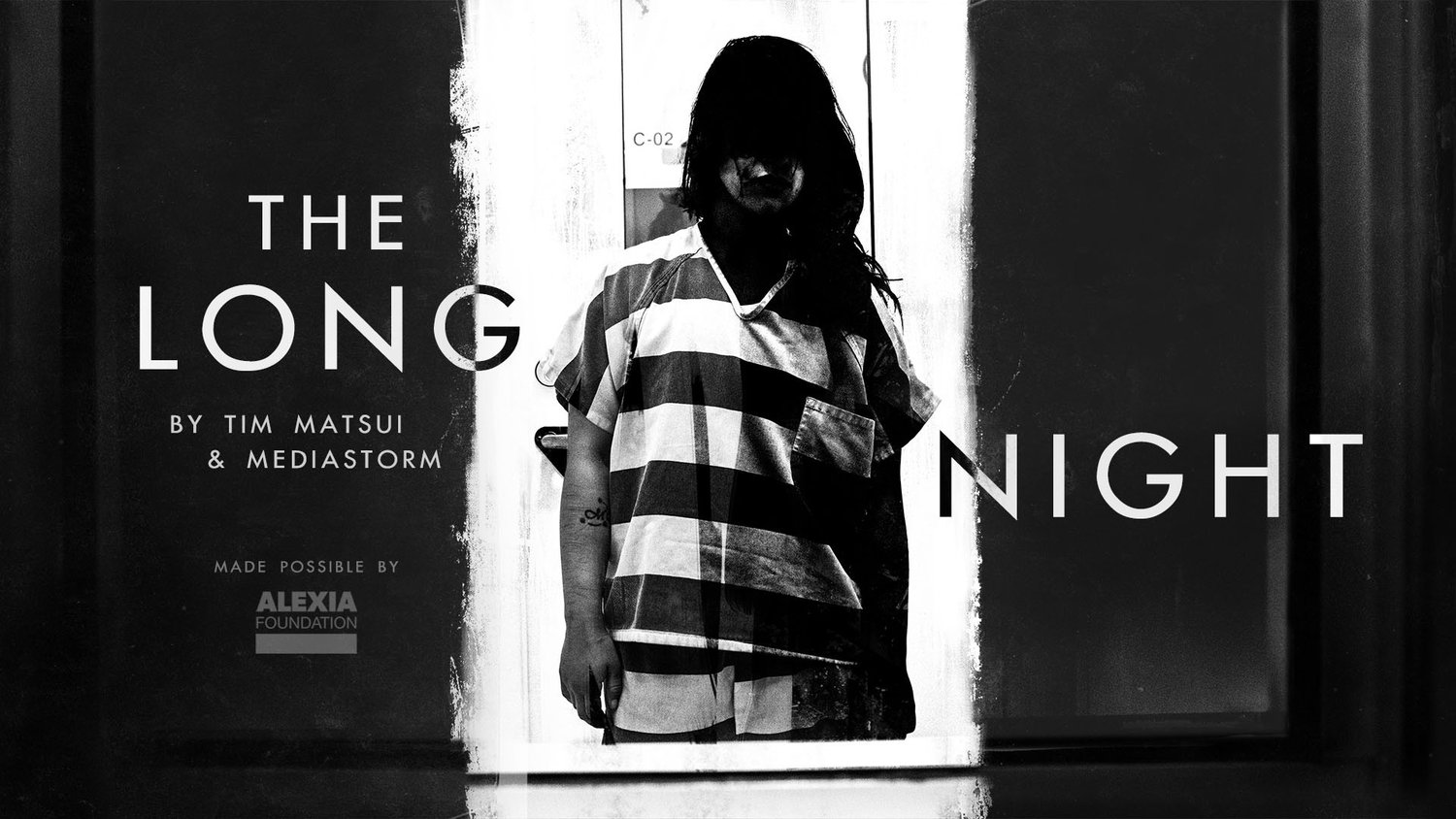
The Long Night, a feature film by Tim Matsui and MediaStorm, gives voice and meaning to the crisis of minors who are forced and coerced into the American sex trade.
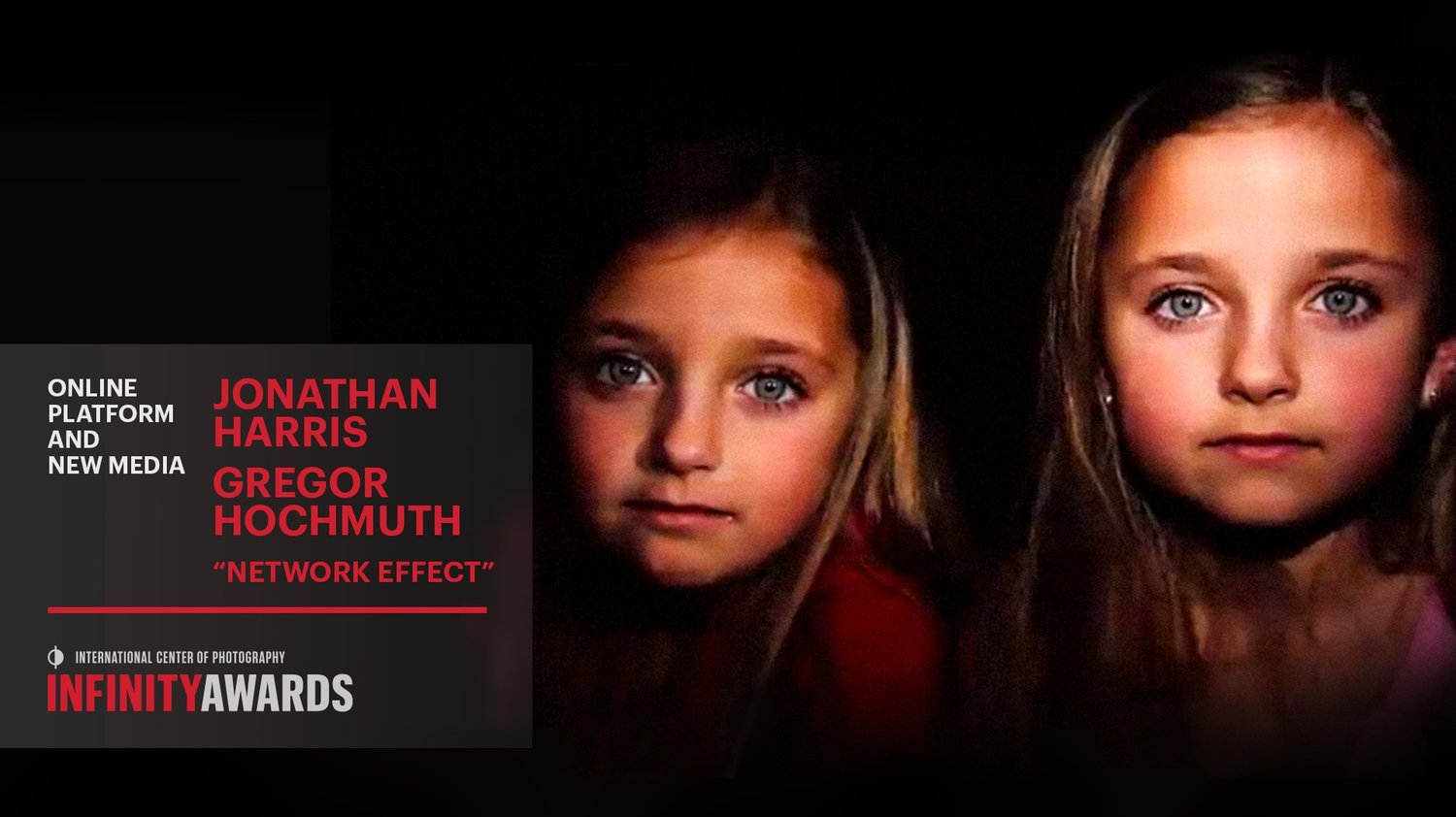
Jonathan Harris and Greg Hochmuth have a complicated relationship with the internet and have worked together to develop an artwork that explored some of the more difficult consequences of what it means to live with the internet.
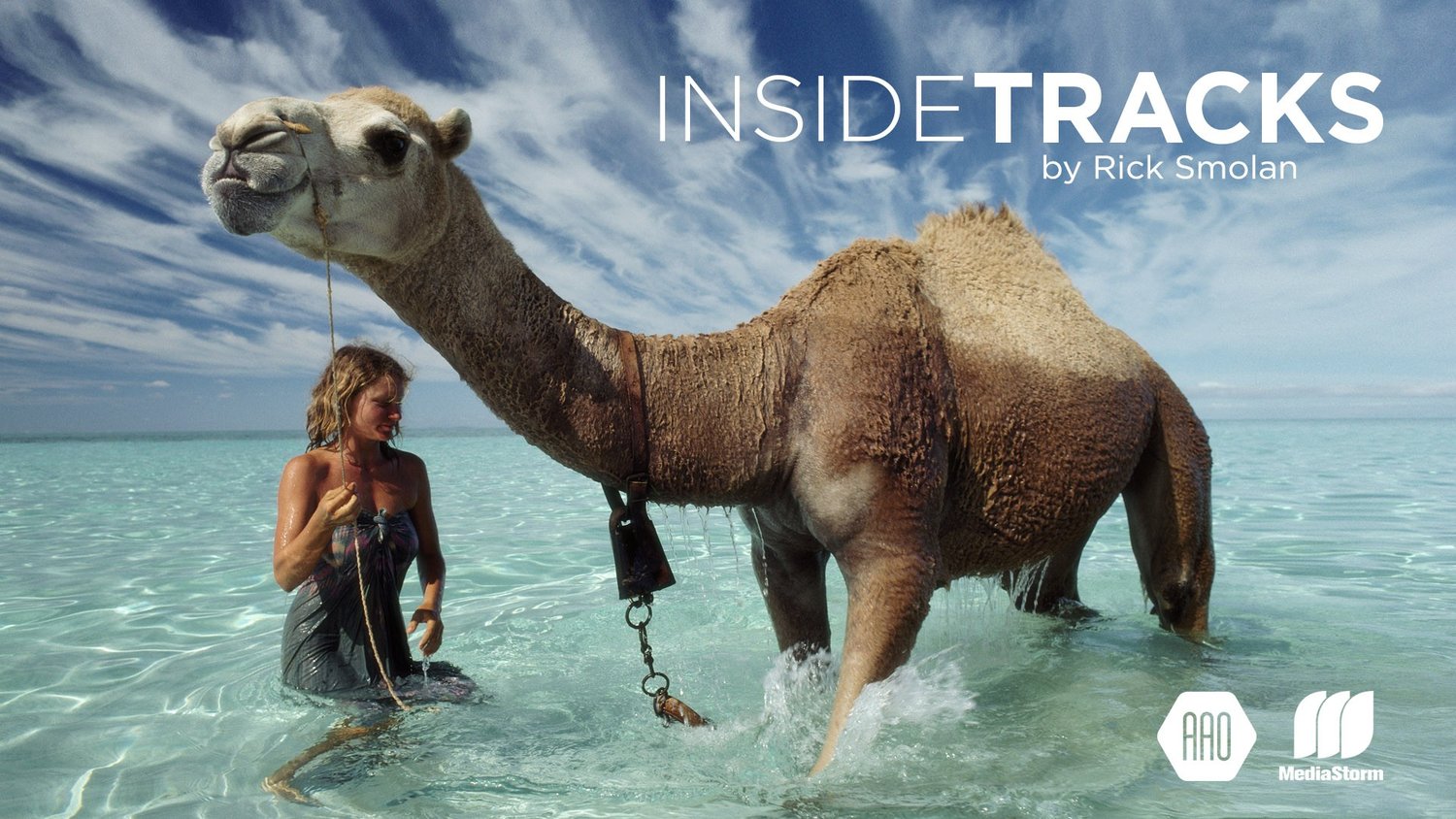
In 1977, Robyn Davidson walked 1,700 miles across the Australian outback. National Geographic sent Rick Smolan to photograph her perilous journey—a trek that tested and transformed them, forming an immutable bond that continues to this day.

Once at the center of the U.S. economy, the family farm now drifts at its edges. In Iowa, old-time farmers try to hang on to their way of life, while their young push out to find their futures elsewhere. Driftless tells their stories.
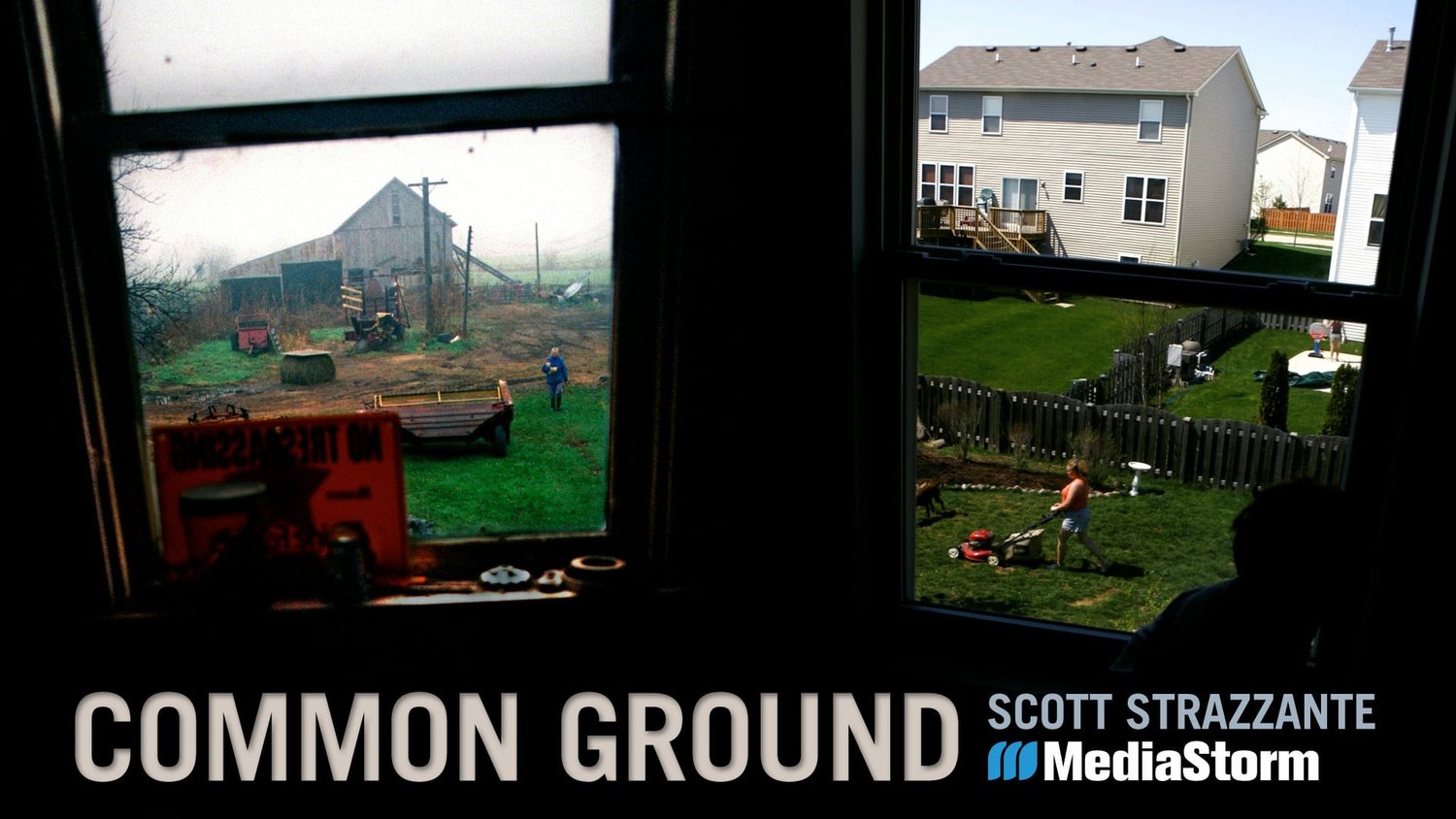
The American family farm gives way to a subdivision - a critical cultural shift across the U.S. Common Ground is a 27-year document of this transition, through the Cagwins and the Grabenhofers, two families who love the same plot of land.

For Walter Backerman, seltzer is more than a drink. It’s the embodiment of his family. As a third generation seltzer man, he follows the same route as his grandfather. But after 90 years of business, Walter may be the last seltzer man.

Larry Fink has spent over 40 years photographing jazz musicians, wealthy manhattanites, his neighbors, fashion models, and the celebrity elite. His archive is a thoughtful collection of American history, and Fink’s experience of it.

LaToya Ruby Frazier’s body of work “The Notion of Family” examines the impact of the steel industry and the health care system on the community and her family. Collaborating with her mother and grandmother, she uses her family as a lens to view the past, present and future of the town.

Tomas Van Houtryve wants there to be a permanent visual record of the dawn of the drone age, the period in American history when America started outsourcing their military to flying robots. In order to create this record, Van Houtryve sent his own drone into American skies.
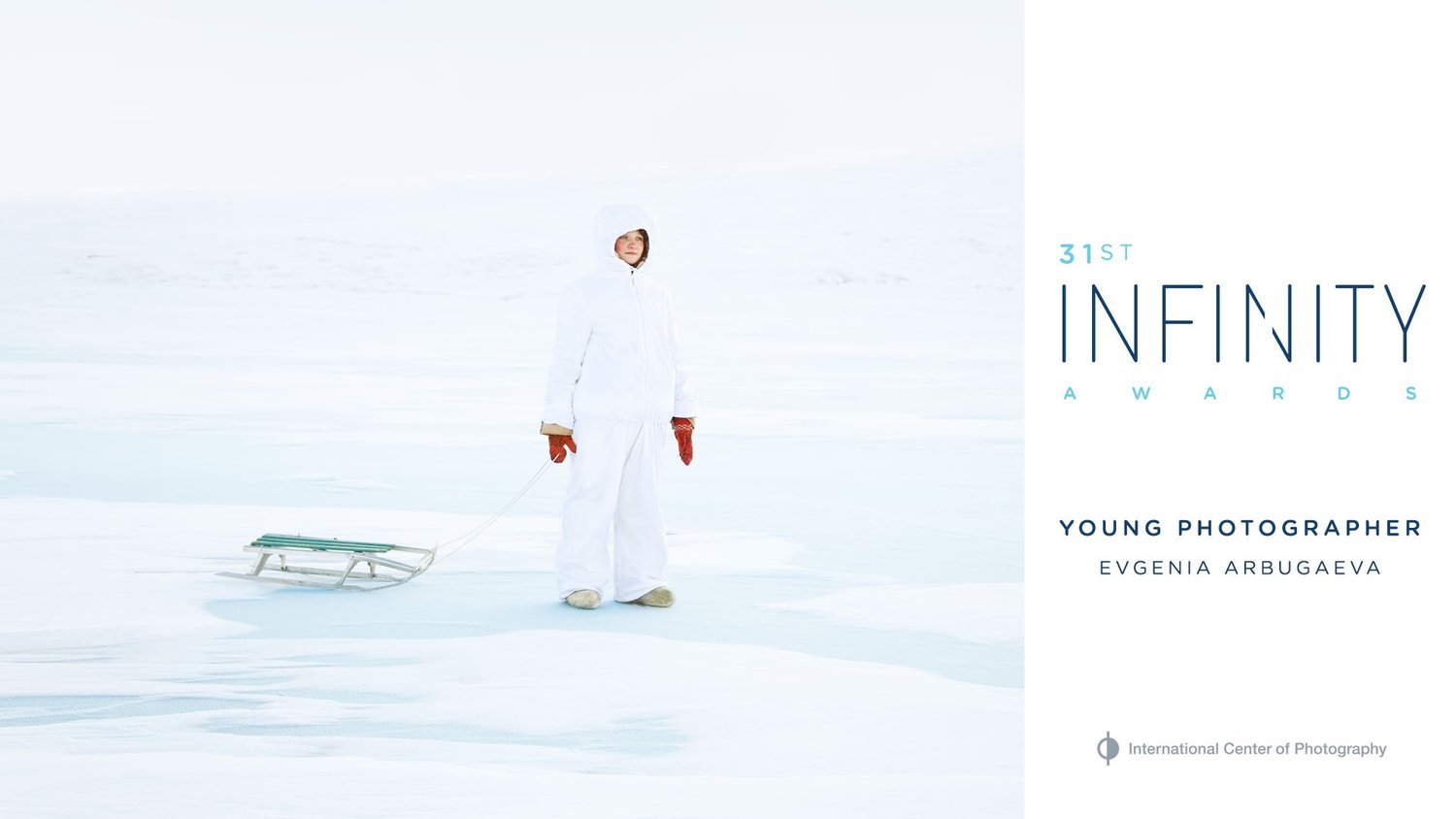
Evgenia Arbugaeva was born in the magical town of Tiksi, Russia. This barren, arctic landscape influenced Arbugaeva in almost every aspect of her dreamlike photography.
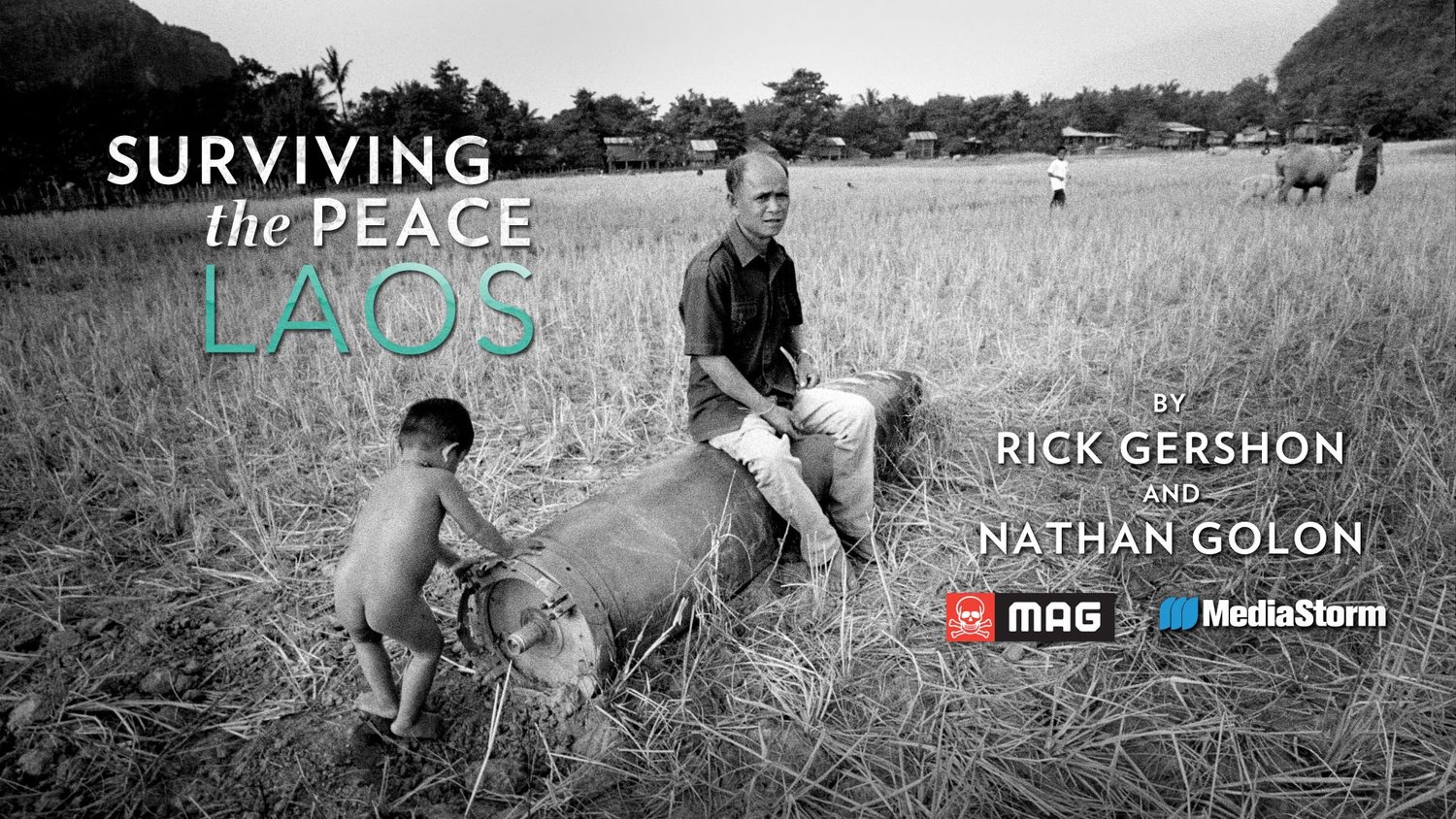
Surviving the Peace: Laos takes an intimate look at the impact of unexploded bombs left over from the Vietnam war in Laos and profiles the dangerous, yet life saving work, that MAG has undertaken in the country.

A family is determined to give their disabled son a whole and vital life. In the midst of a great burden, one small child – with a seemingly endless supply of love – is the blessing that holds a family together.
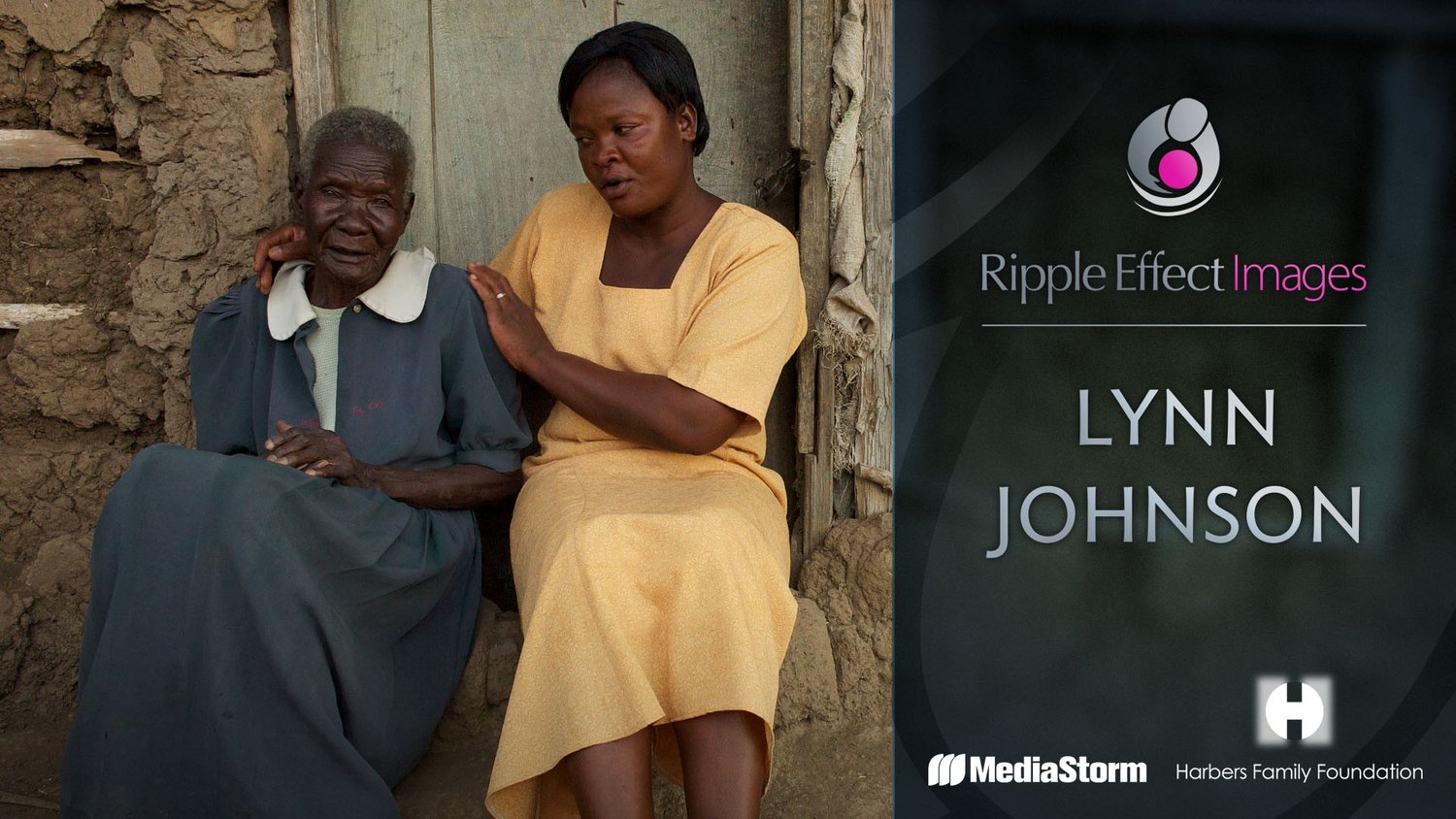
Inspired by the photographs of the Farm Security Administration growing up, Lynn Johnson has spent nearly 35 years as a photojournalist working for LIFE, National Geographic, Sports Illustrated and various foundations.
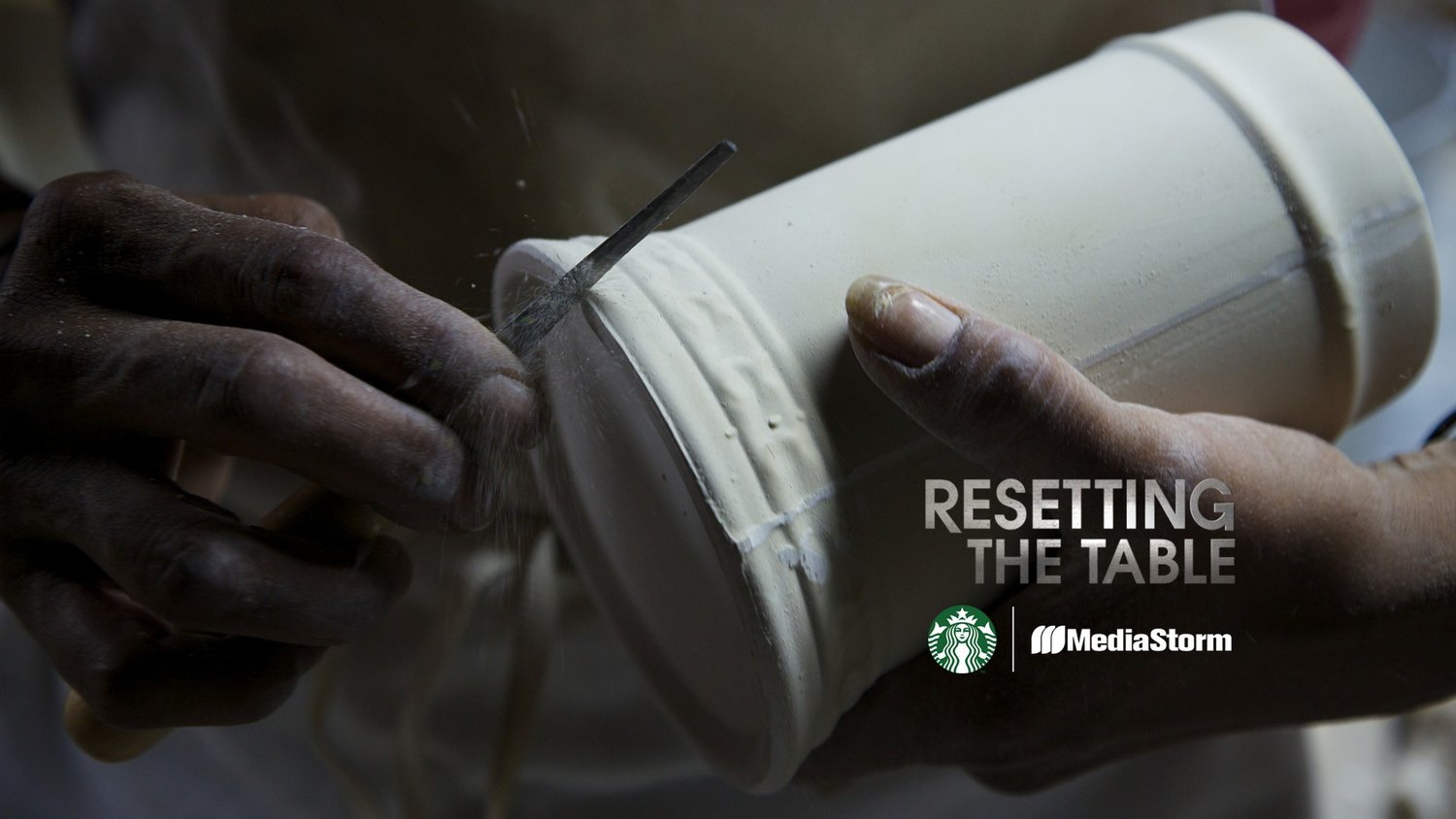
Resetting the Table takes a unique, personal look at the impact Starbucks’ Create Jobs for USA program has had on the American Mug & Stein pottery facility in East Liverpool, Ohio.
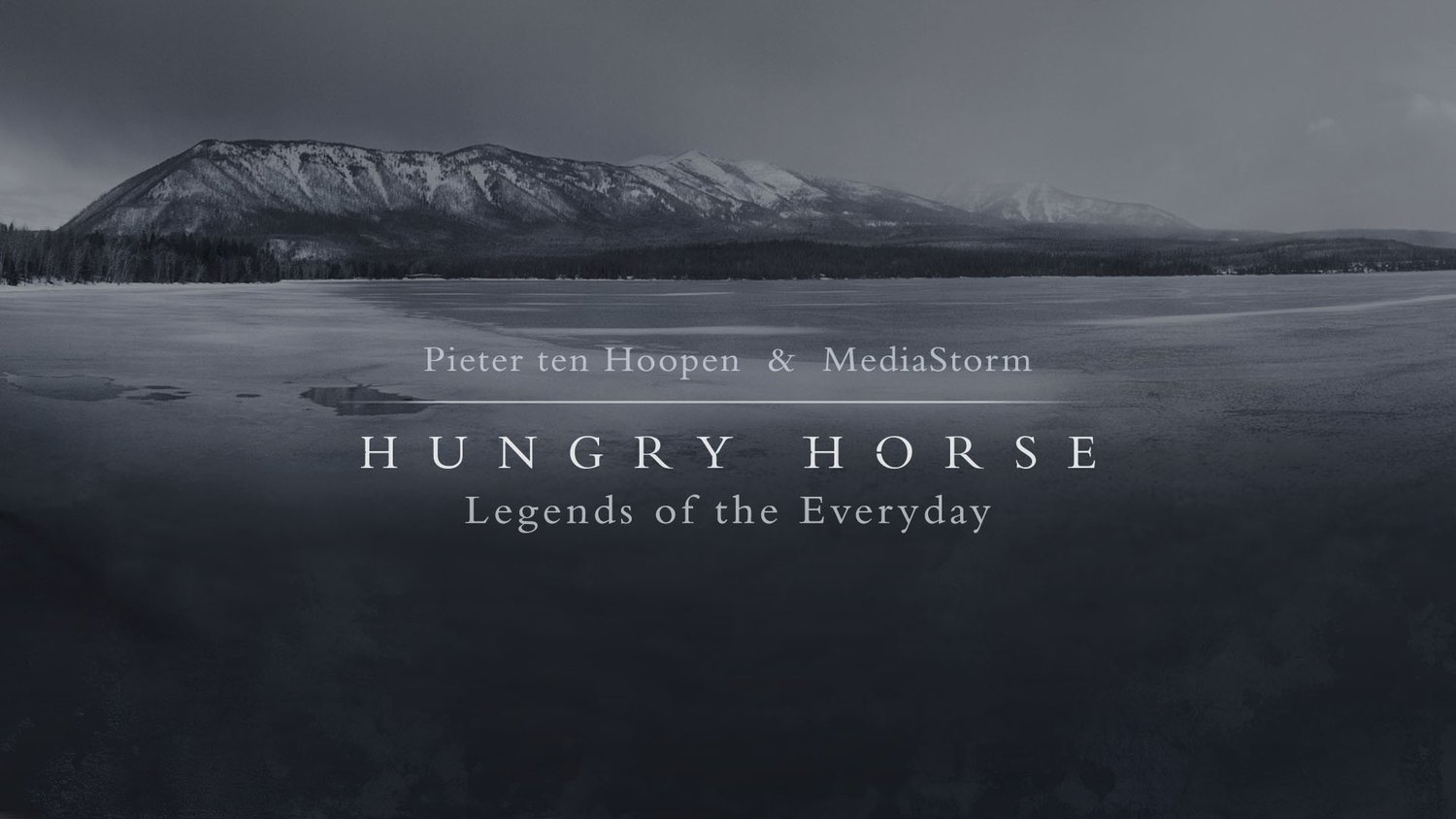
Hungry Horse captures the spirit of renewal, peace and serenity through stunning landscapes and intimate oral histories.

Using humor and a love of fantasy, "The Amazing Amy" Harlib connects with audiences through performing strenuous yoga-based contortion acts in New York City.

In many countries, girls as young as eight are forced into marriage by their families, culture and economic situation. This practice destroys their chance at education leading to tragic results.
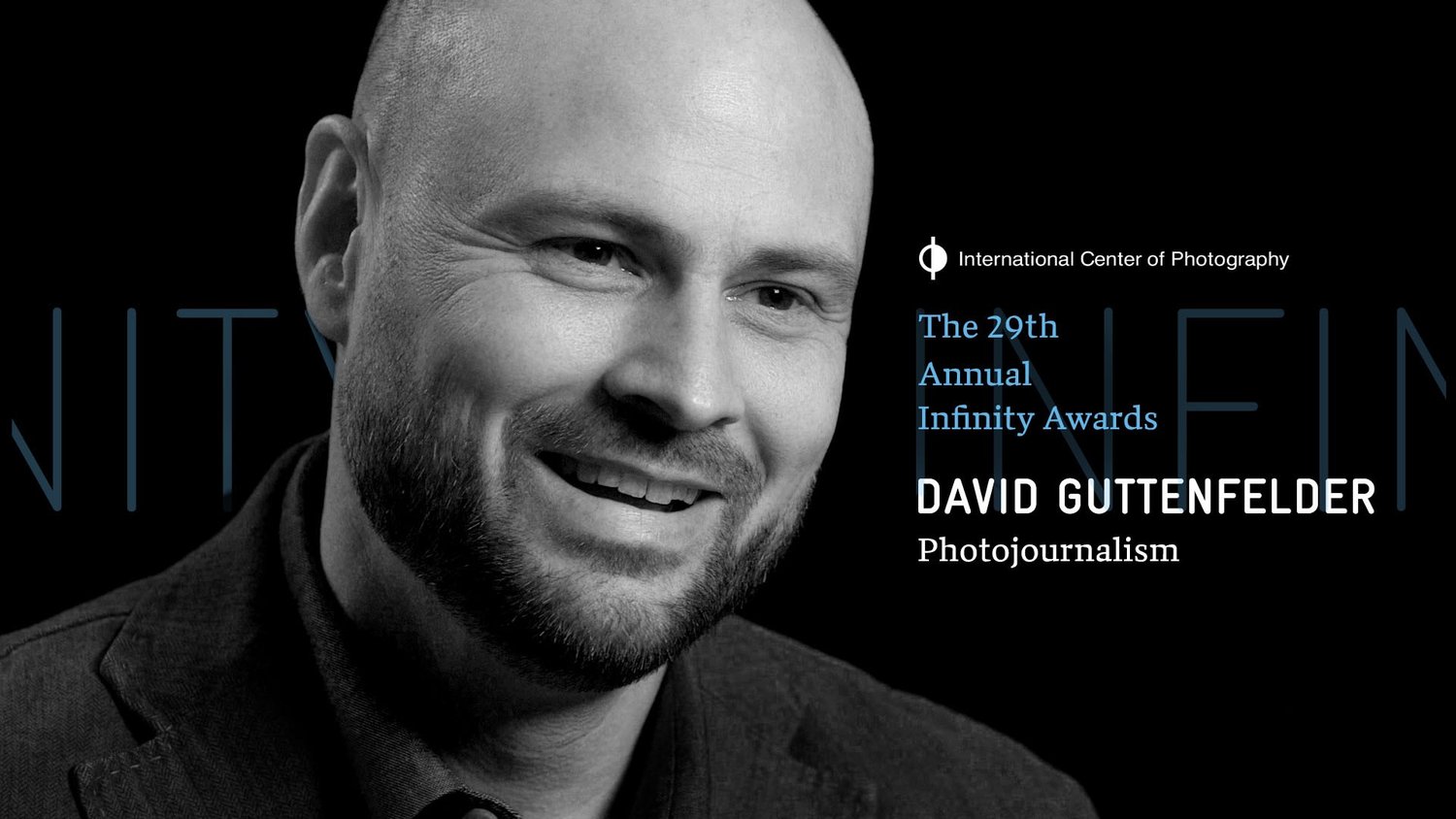
Surreal and mysterious, North Korea was a black hole to outsiders wanting a glimpse of the country. That all changed in 2012, when AP photographer David Guttenfelder led the opening of the bureau's newest office inside the North Korea.
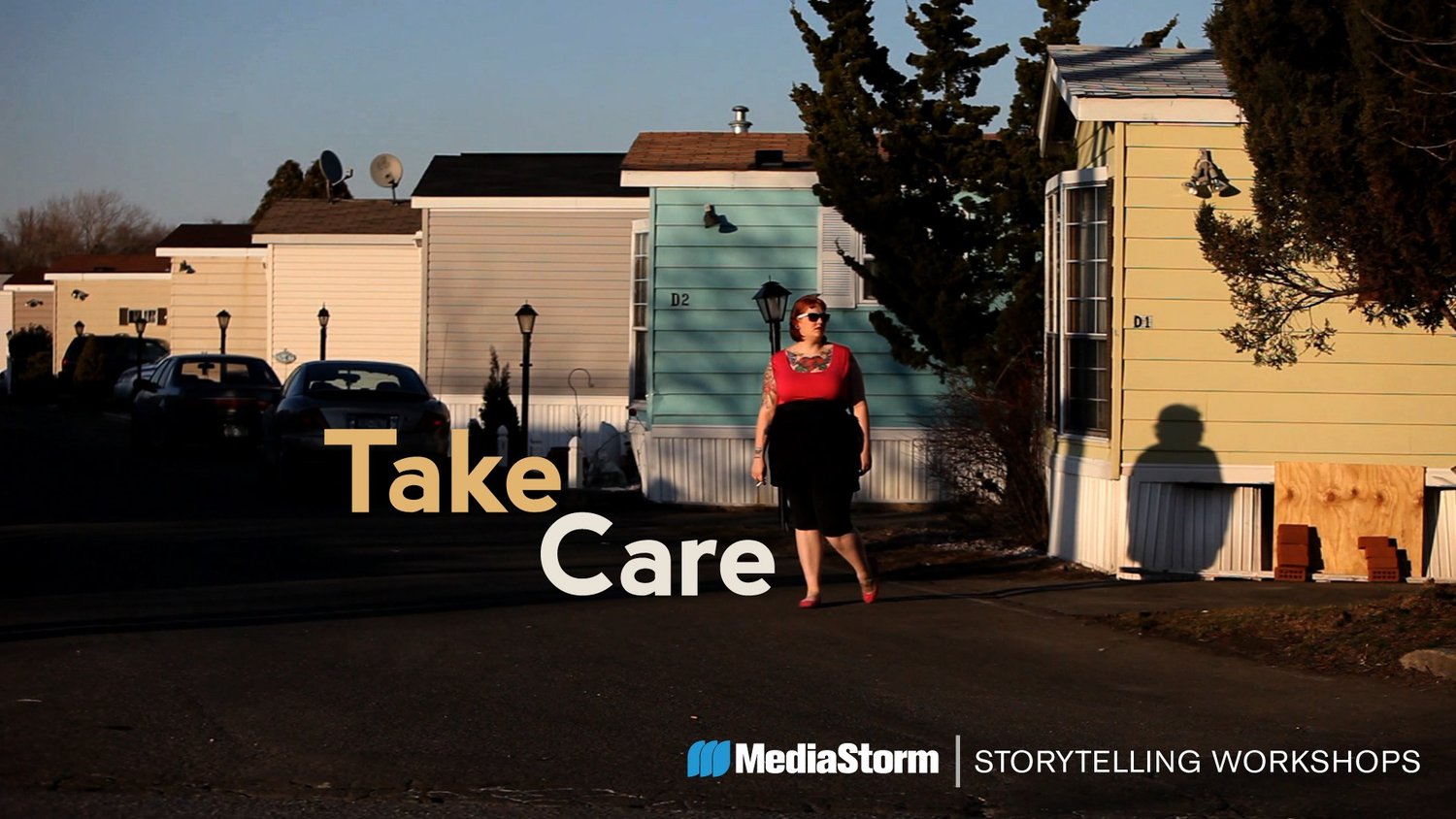
Virginia Gandee's brilliant red hair and dozen tattoos belie the reality of this 22-year-old's life. Inside her family's Staten Island trailer her caregiving goes far beyond the love she has for her daughter.
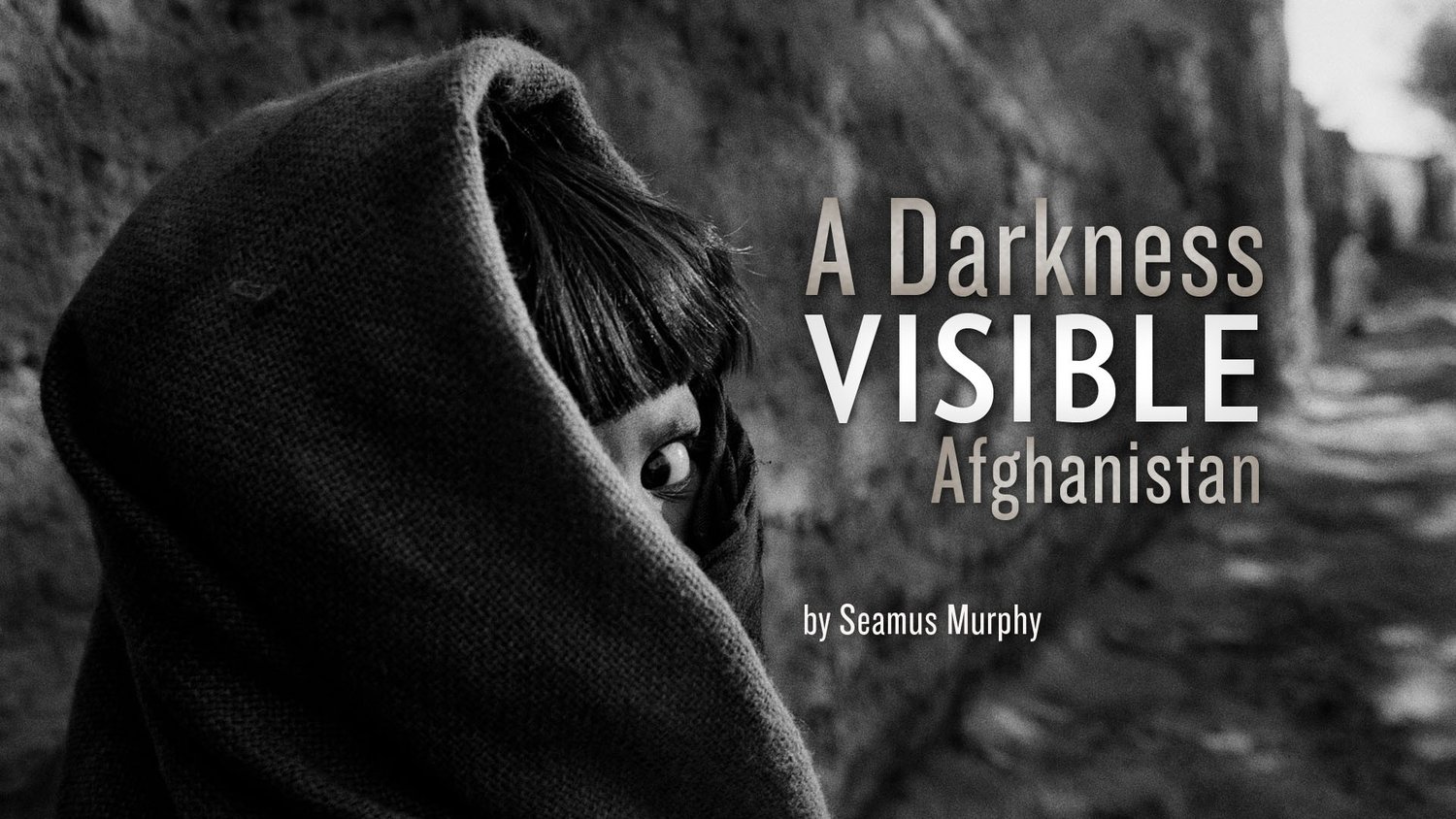
Based on 14 trips to Afghanistan between 1994 and 2010, A Darkness Visible: Afghanistan is the work of photojournalist Seamus Murphy. His work chronicles a people caught time and again in political turmoil, struggling to find their way.
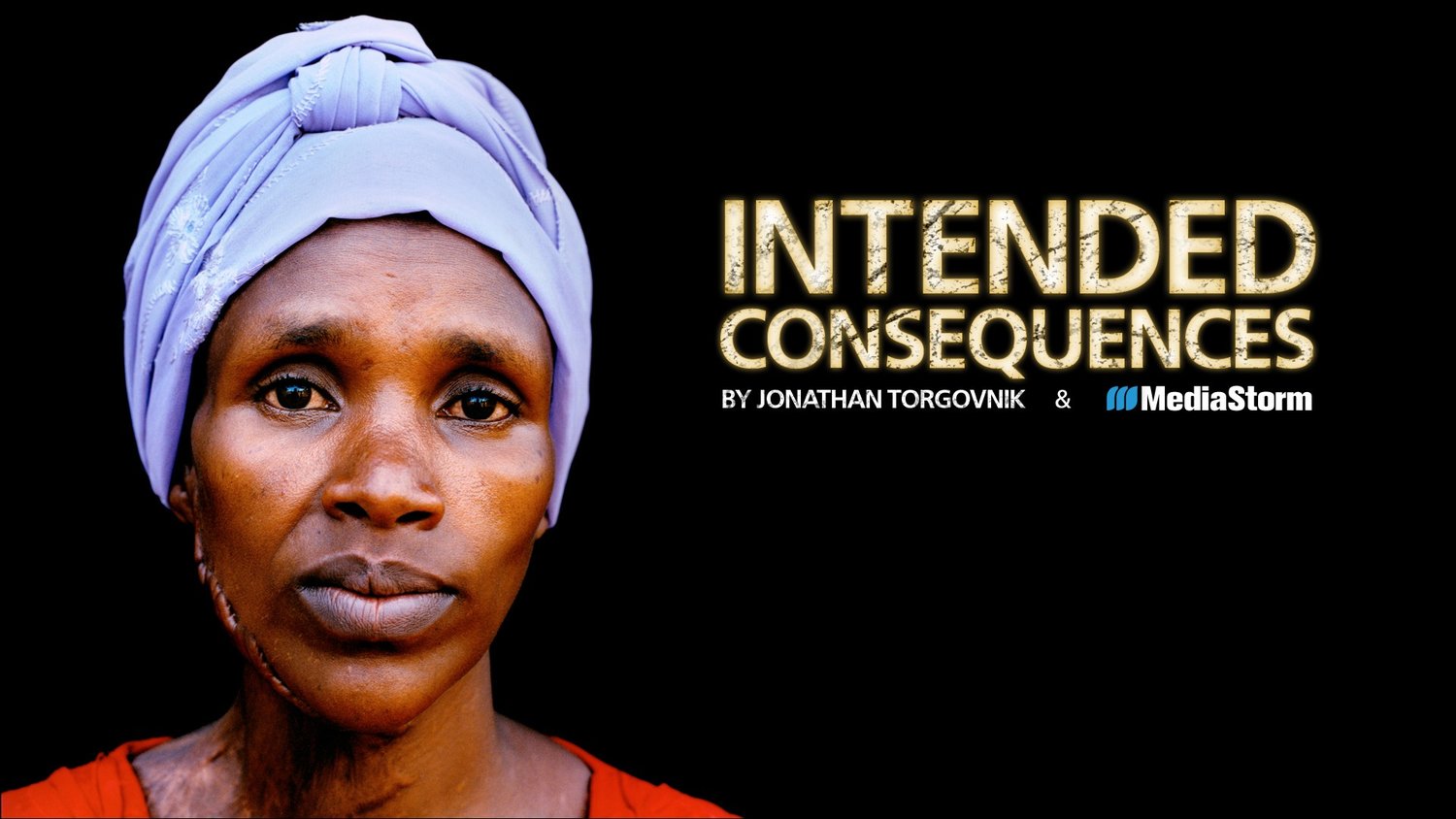
In Rwanda, in 1994, Hutu militia committed a bloody genocide, murdering one million Tutsis. Many of the Tutsi women were spared, only to be held captive and repeatedly raped. Many became pregnant. Intended Consequences tells their stories.

To those who serve in the armed forces, what is the aftereffect of war? The Marlboro Marine is photographer Luis Sinco's portrait of Marine Corporal James Blake Miller, whom he met in Iraq. For Miller, coming home has been its own battle.
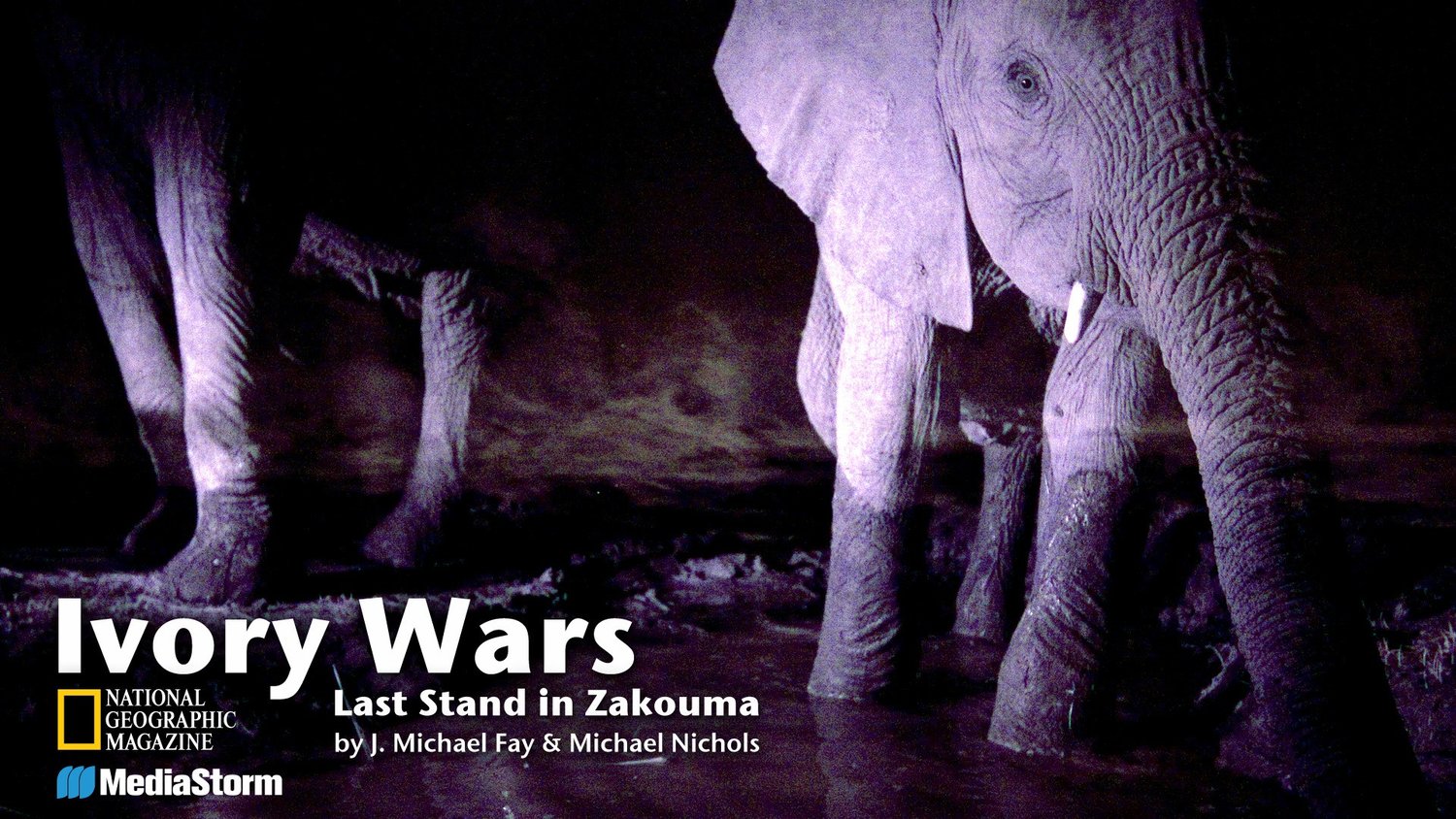
Zakouma National Park is one of the last places on earth where elephants still roam by the thousands. In a land where poachers will slaughter the huge animals for their tusks alone, it takes armed guards to keep them safe.
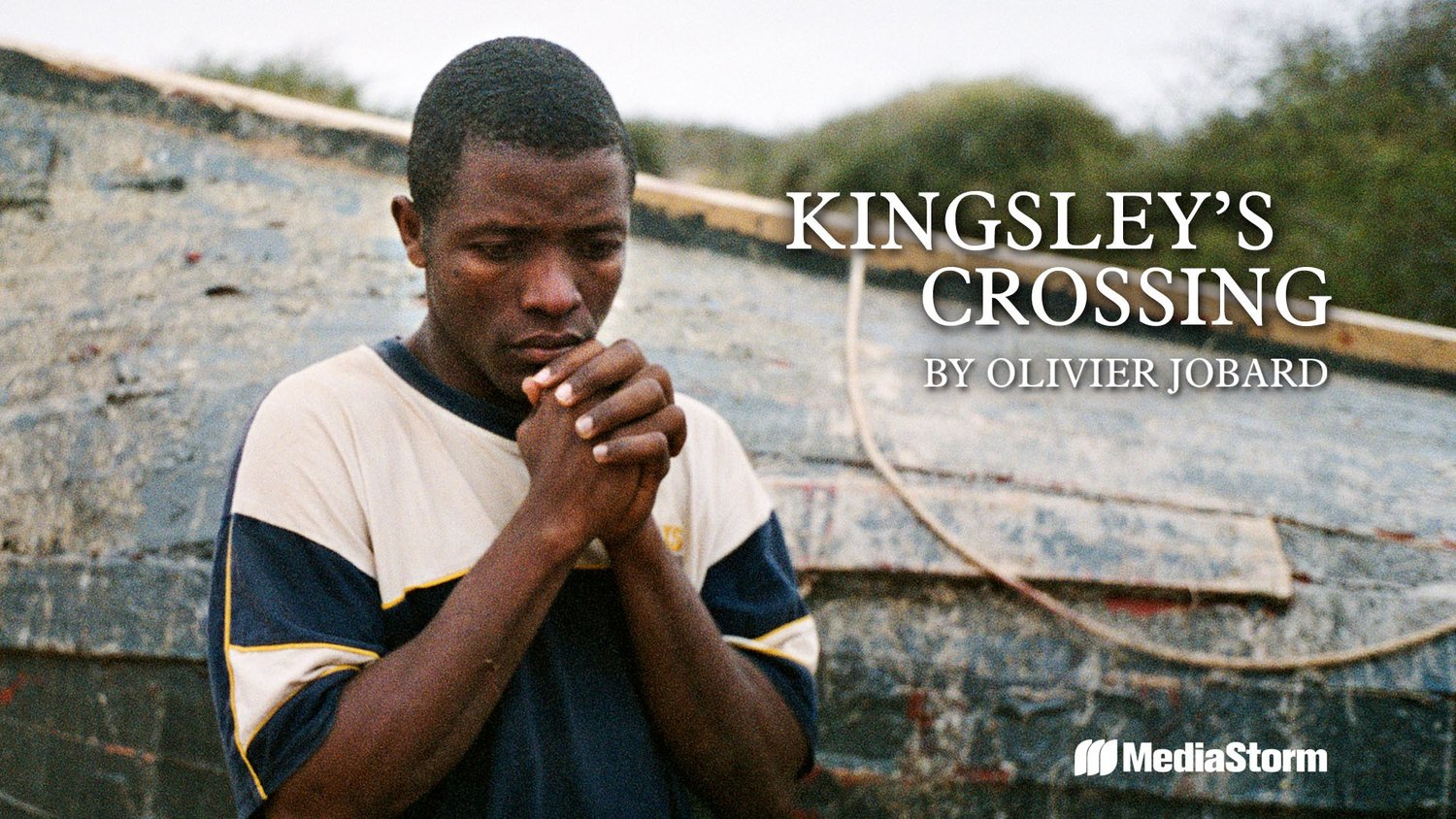
Kingsley's Crossing is the story of one man's dream to leave the poverty of life in Africa for the promised land of Europe. We walk in his shoes, as photojournalist Olivier Jobard accompanies Kingsley on his uncertain and perilous journey.
Collaborate With Us
The MediaStorm Platform is an advanced video platform that extends the user experience beyond linear video to include the interactive capabilities of the Internet.
The MediaStorm Platform is an advanced video platform that extends the user experience beyond linear video to include the interactive capabilities of the Internet.
Follow MediaStorm
Copyright 2025 MediaStorm, LLC | Terms & Conditions | Privacy | Contact
